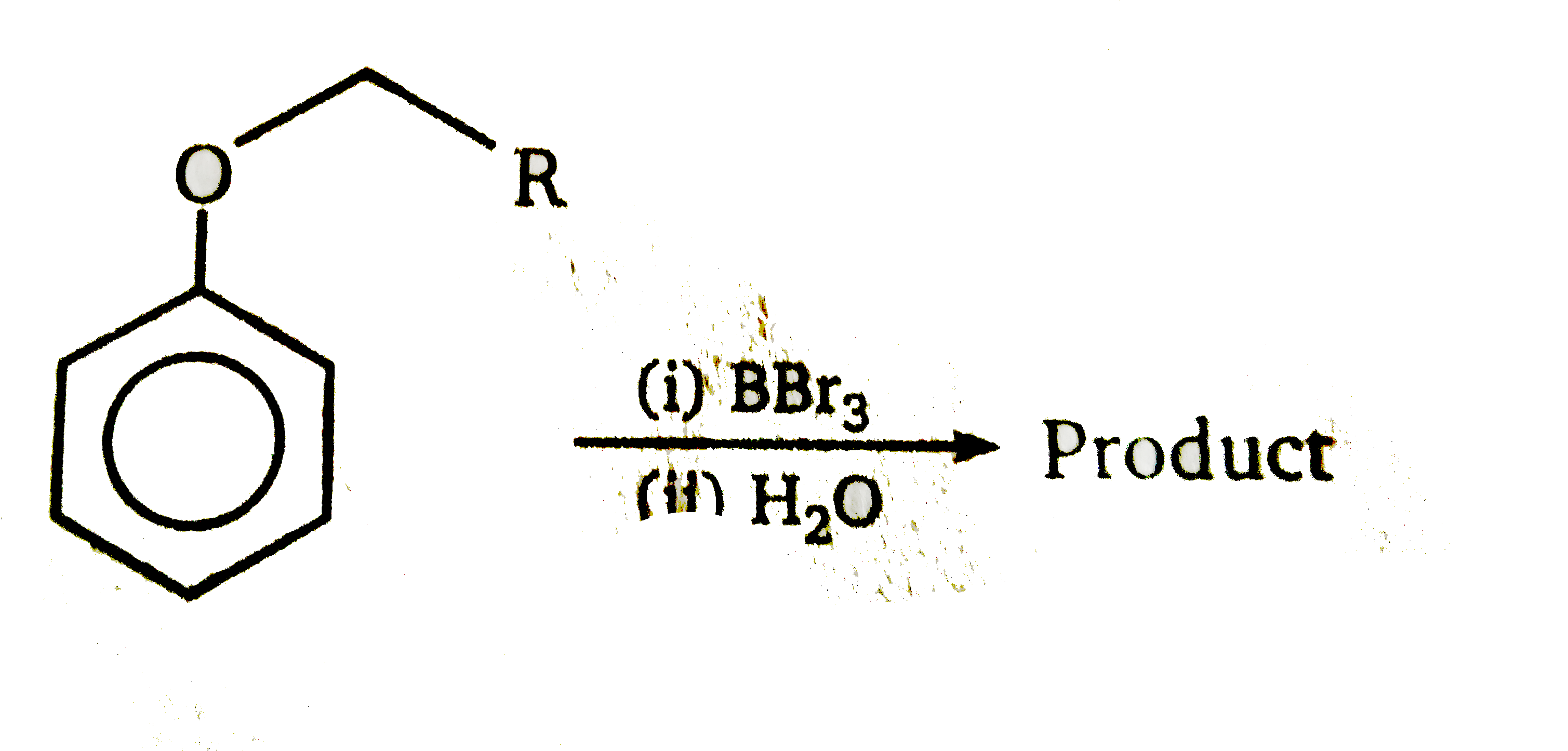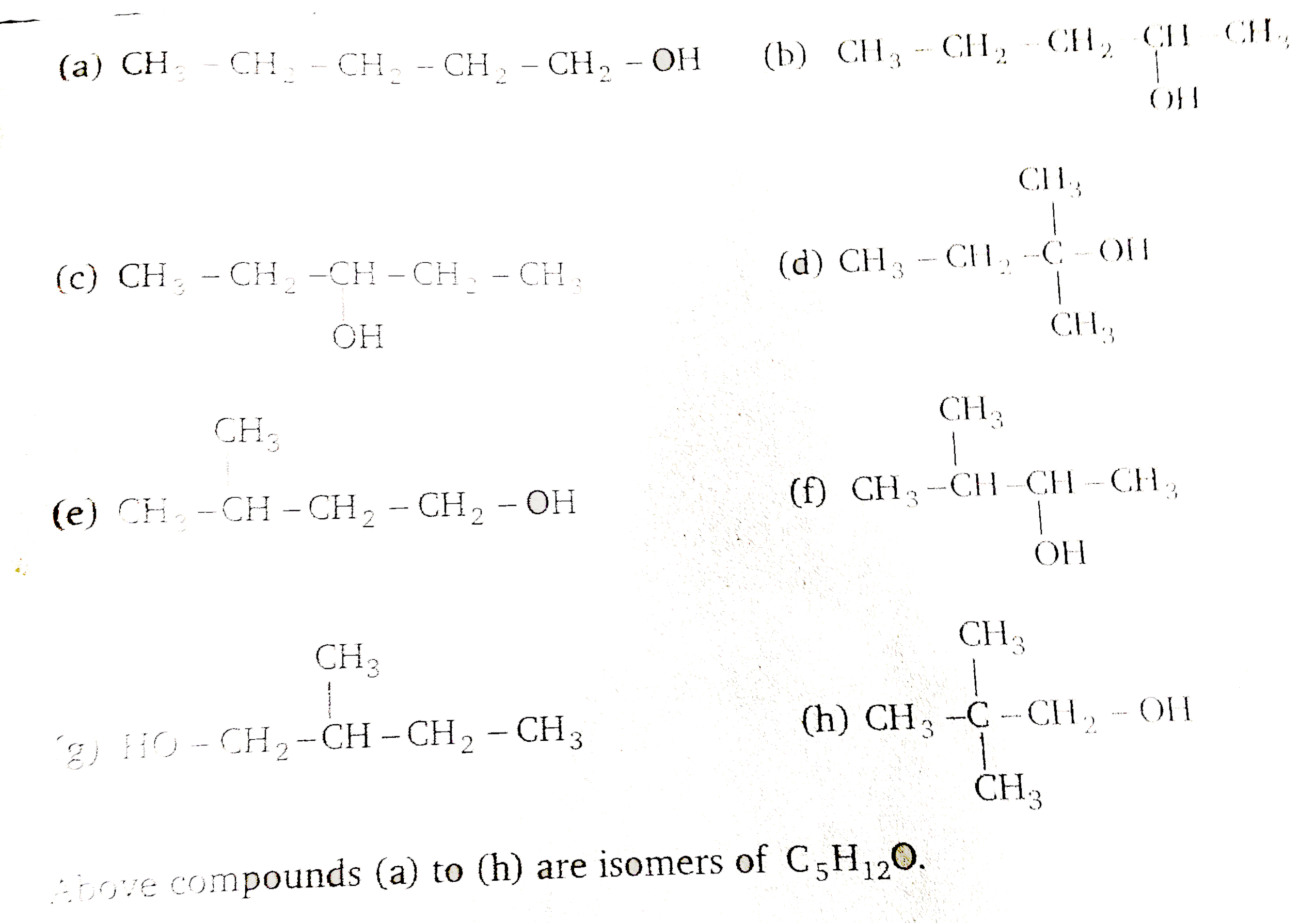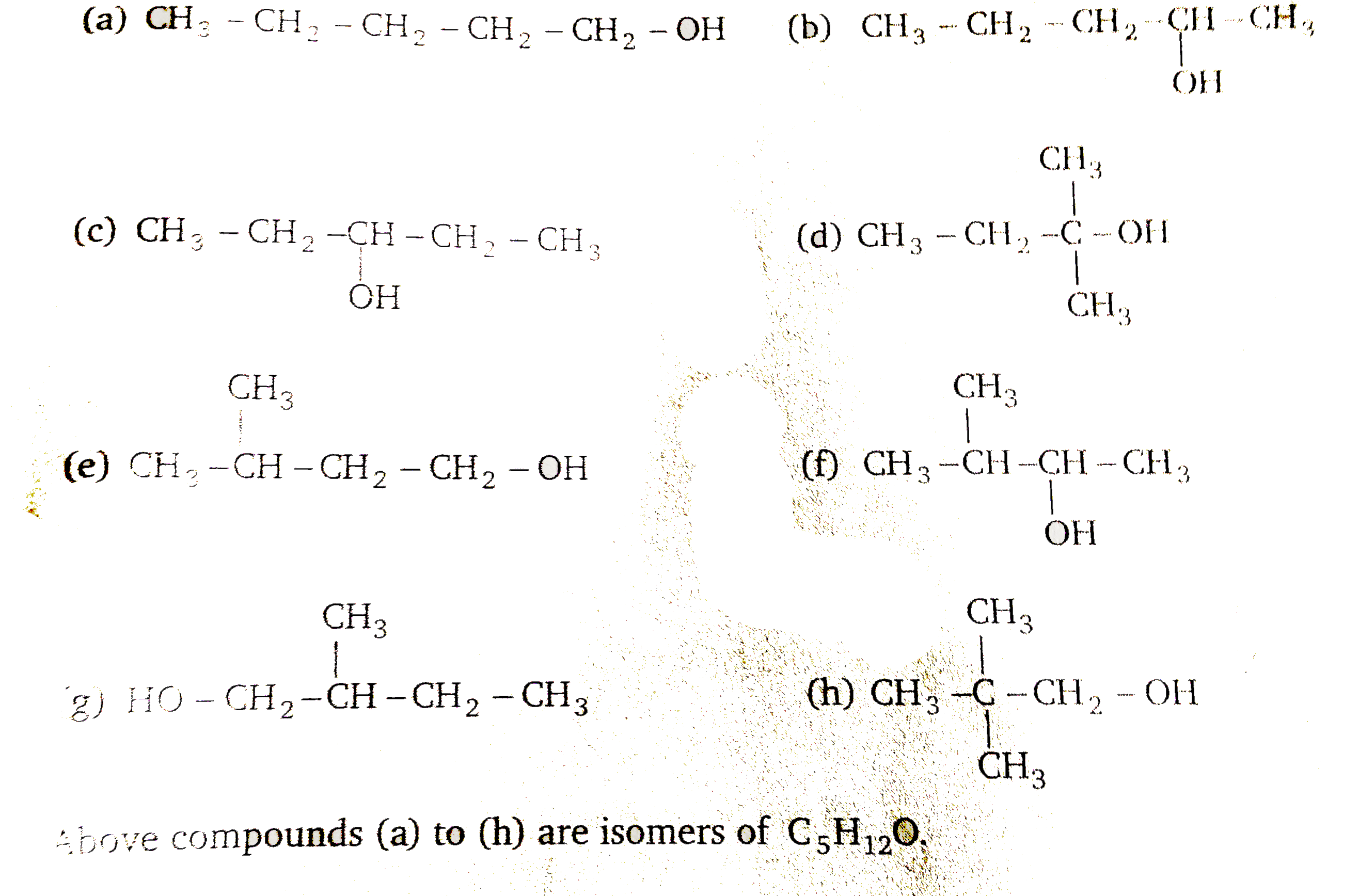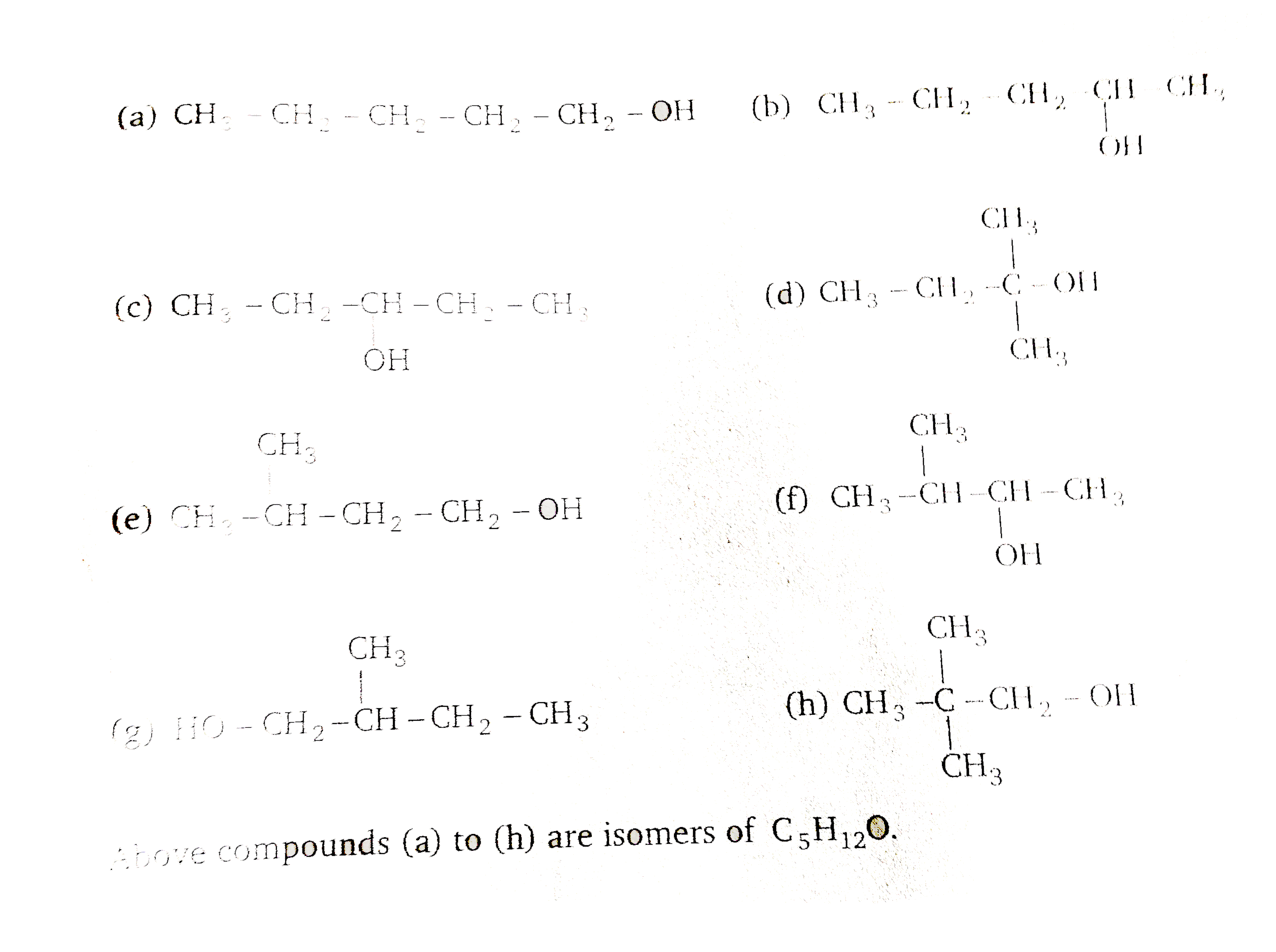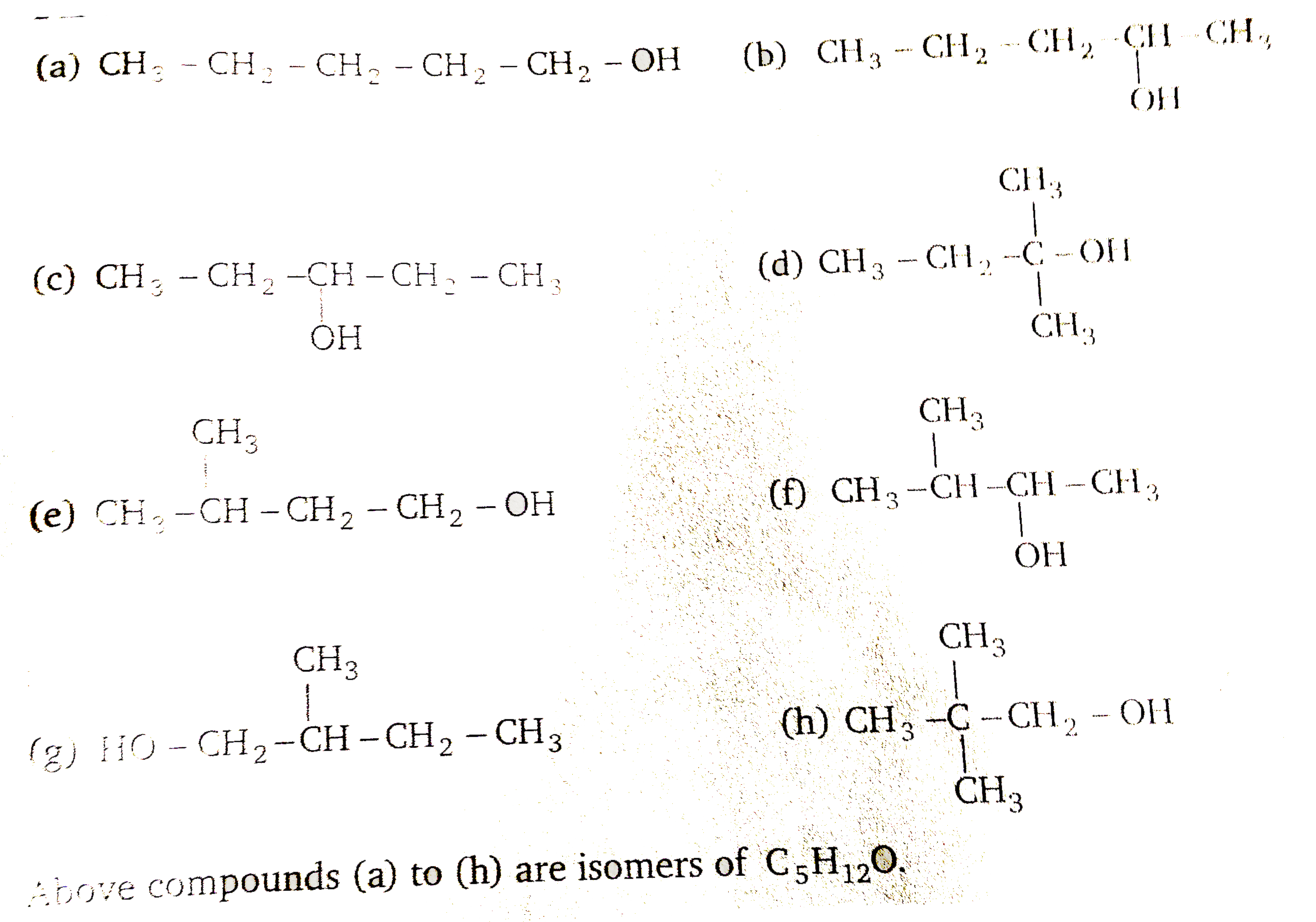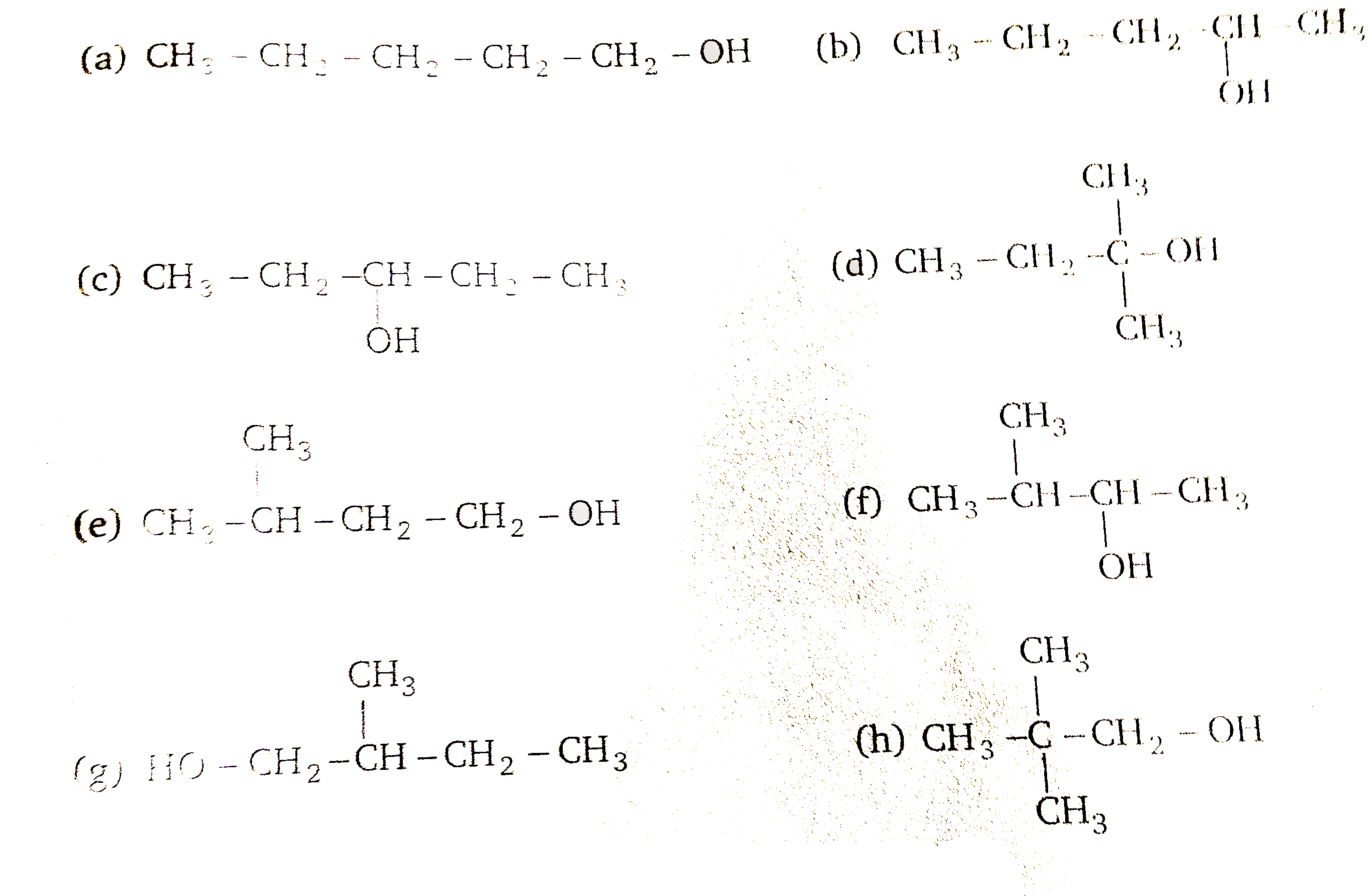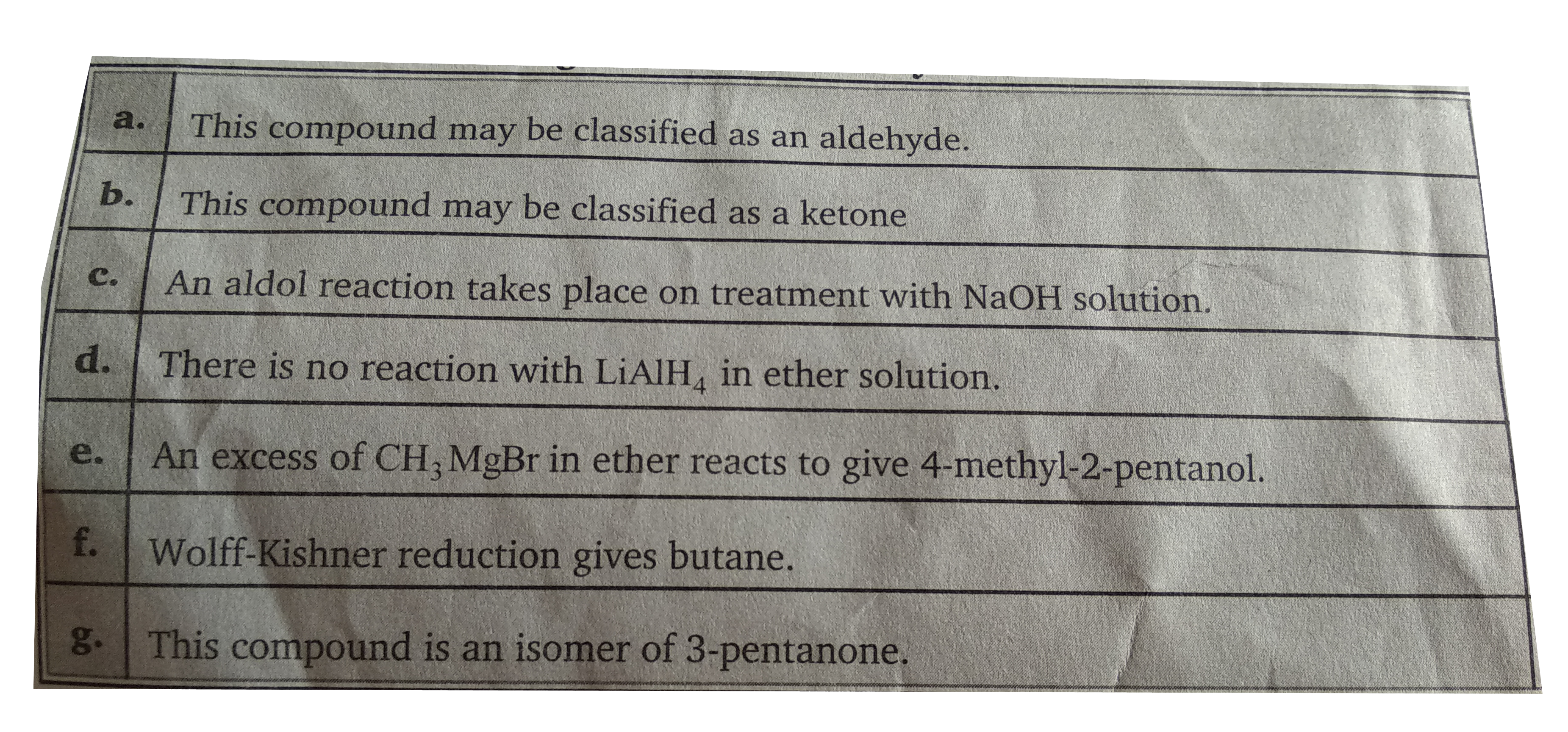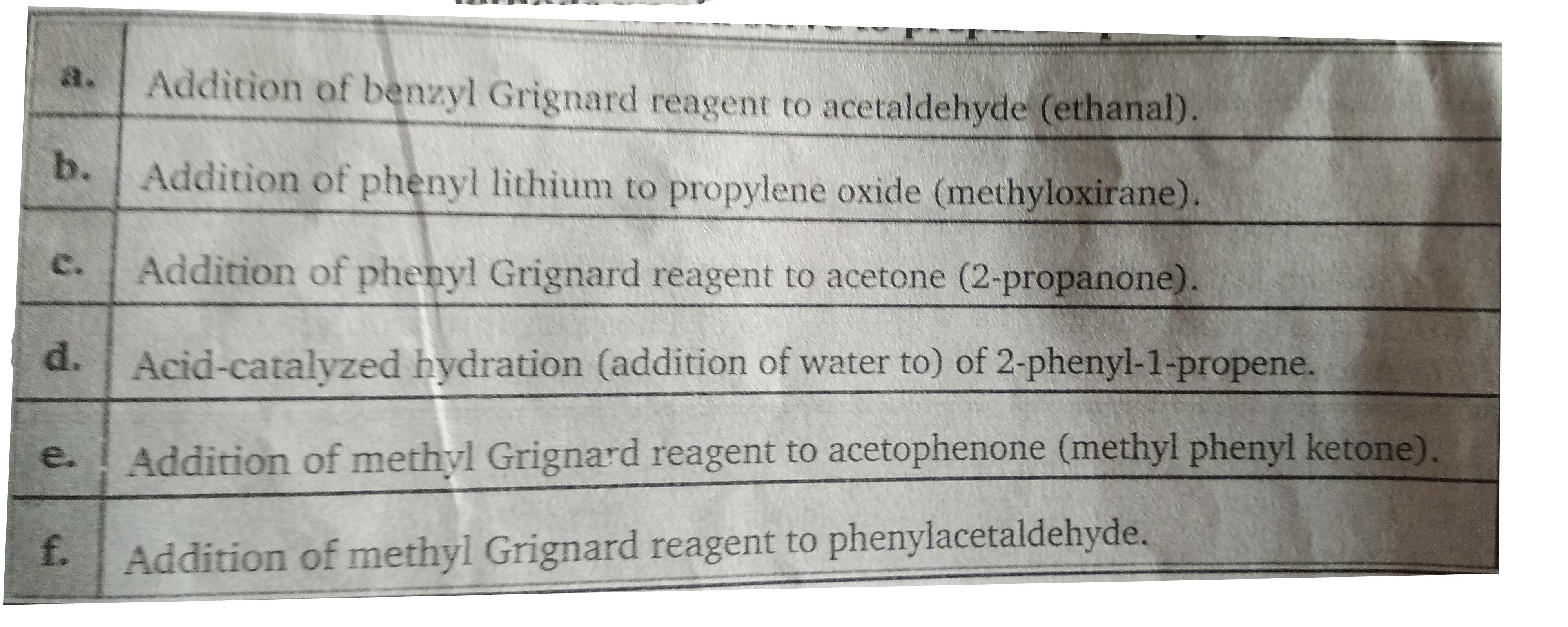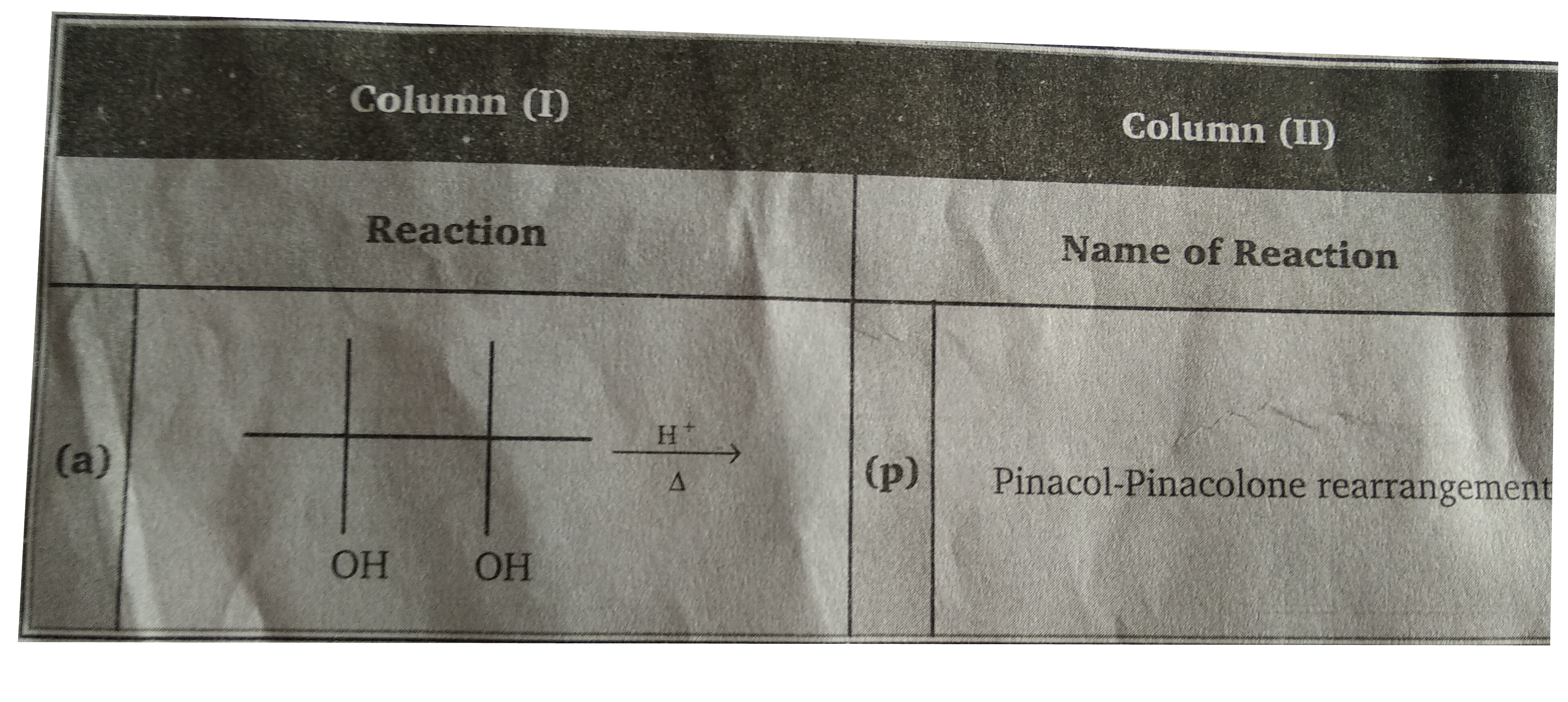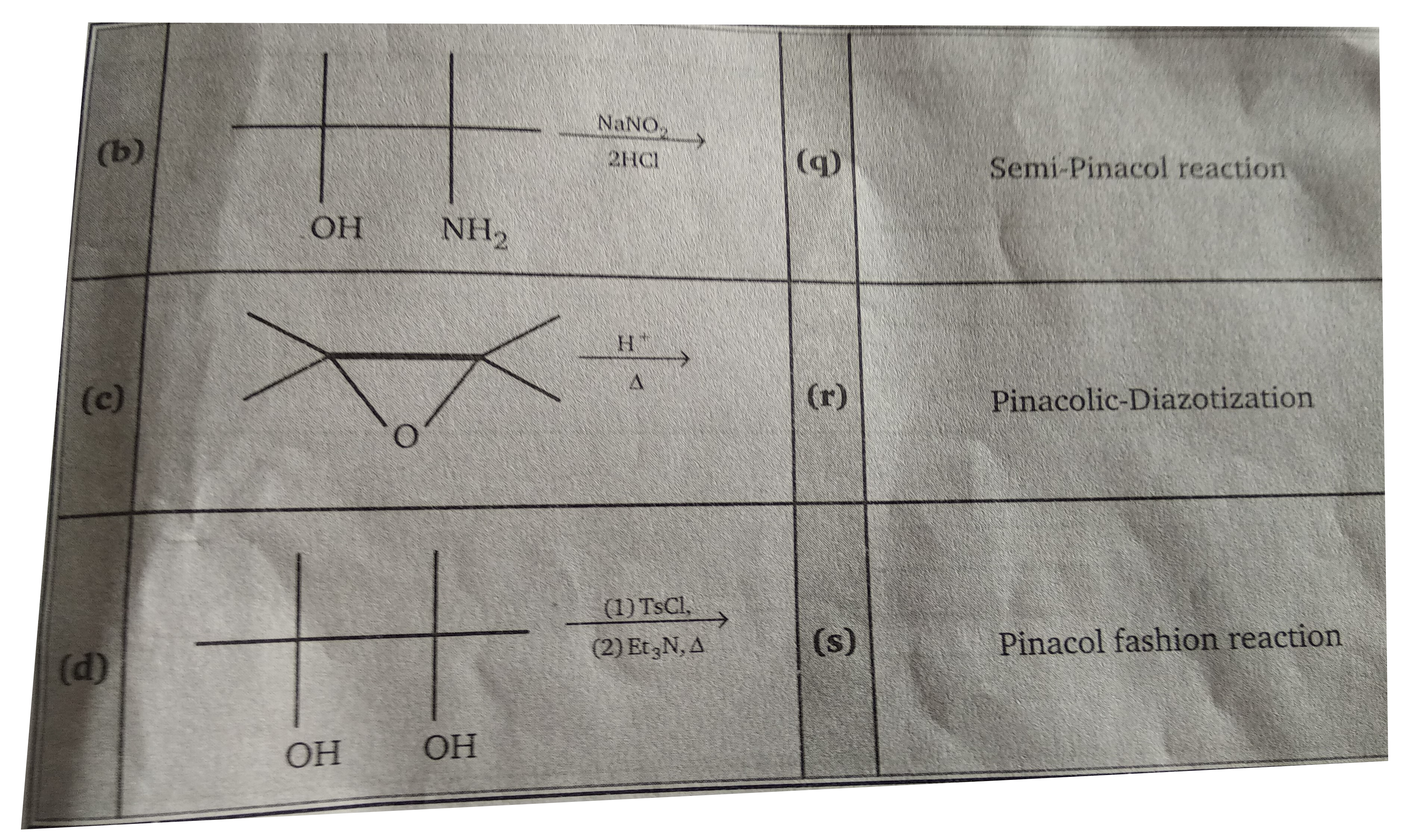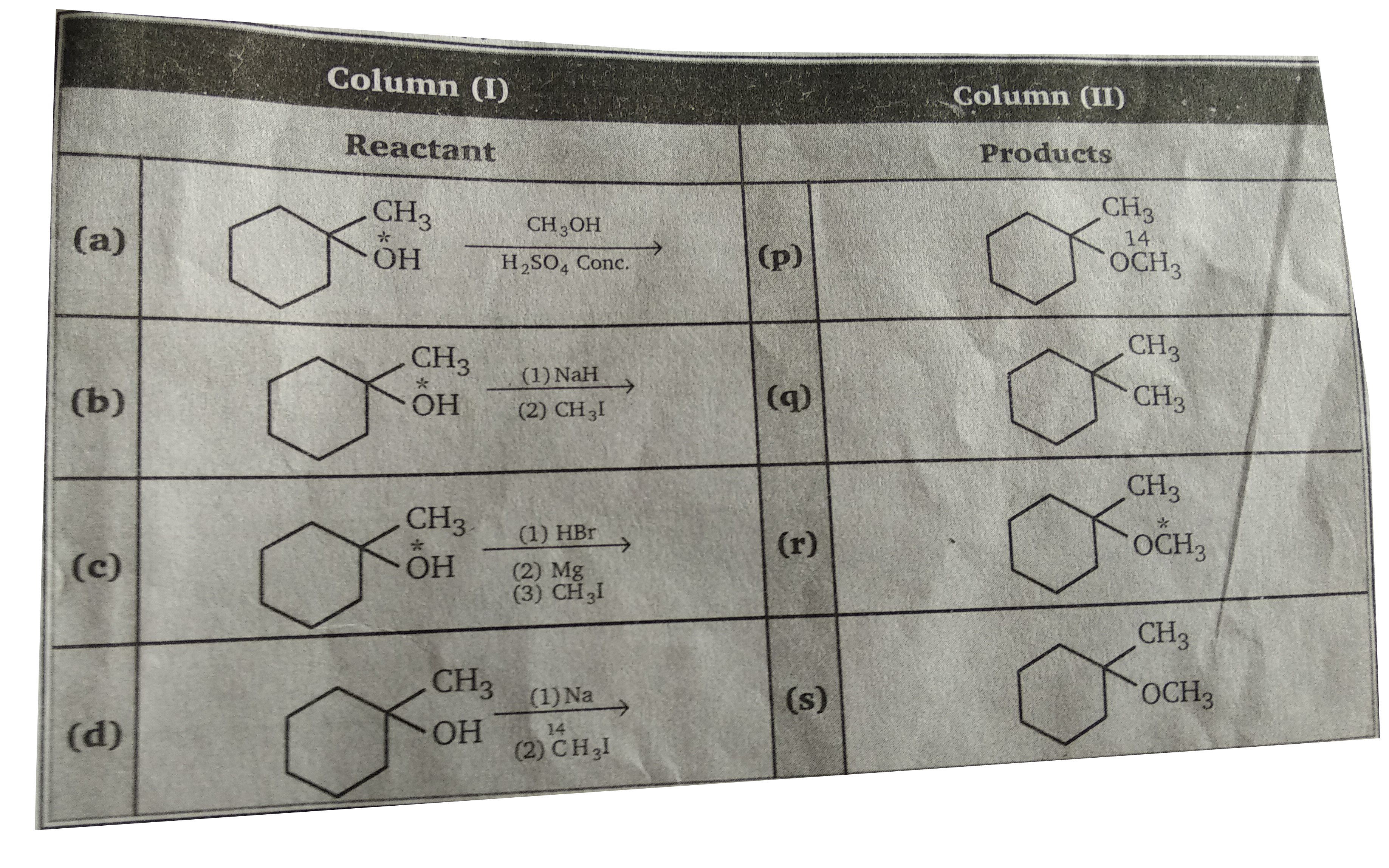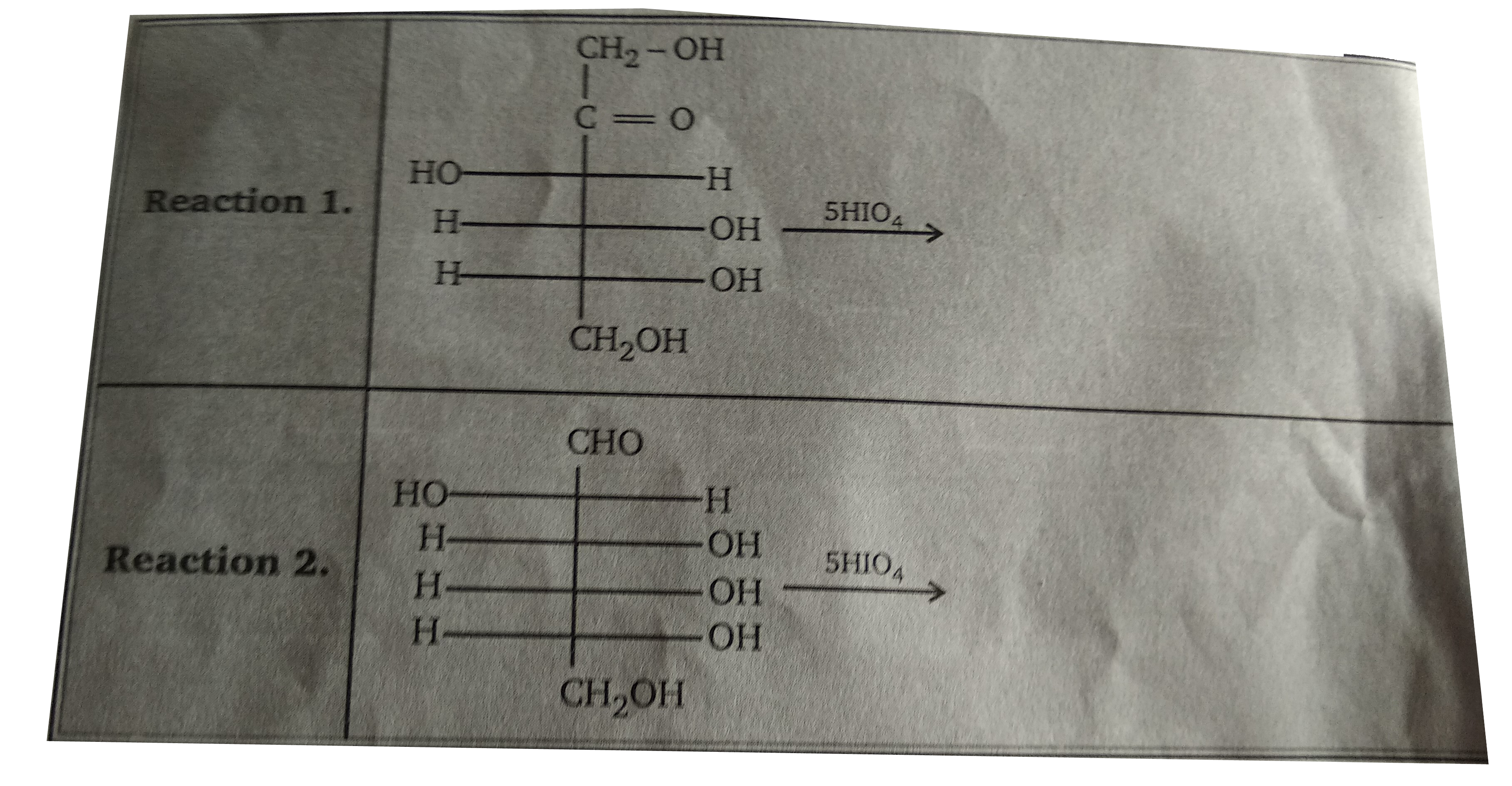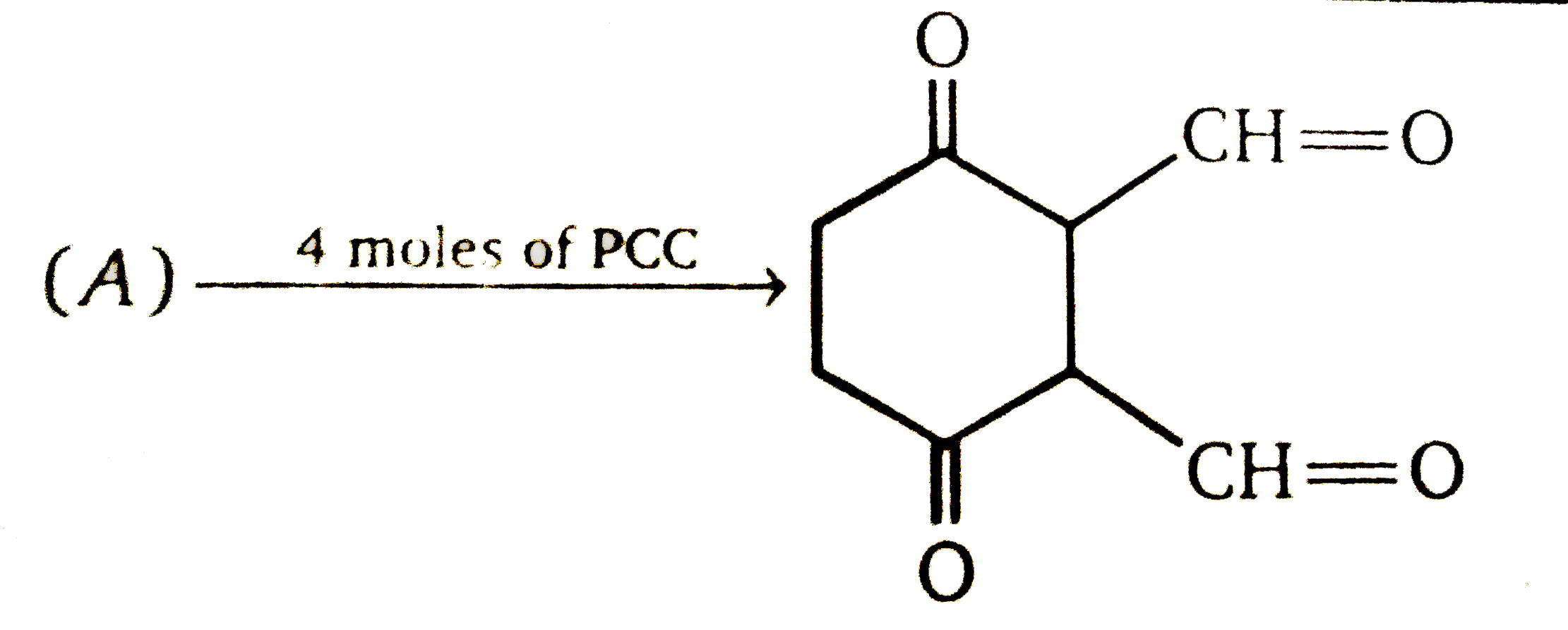Exercise from MS CHOUHAN CHEMISTRY (HINGLISH) ALCOHOL, ETHERS AND EPOXIDES for Class 12
| Class 12 | CHEMISTRY |
| Chapter | ALCOHOL, ETHERS AND EPOXIDES |
| MS CHOUHAN CHEMISTRY (HINGLISH) | Exercise |
| Medium | English |
| Academic Year | 2023-2024 |
Question 66
The unknown compounds X and Y, both having molecular formula C4H8O, give following results with four chemical tests.
∣∣ ∣ ∣∣BromineNa metalChromic acidLucas reagentCompound XdecolourisesbubblesOrange to GreenNo reactionCompound YNo reactionNo reactionNo reactionNo reaction∣∣ ∣ ∣∣
Compound X and Y respectively are :View SolutionQuestion 143
Esterification (shown below) is a reaction converting a carboxylic acid to its ester. It involves only the carbonyl carbon. Esterification of (-) -lactic acid with methanol yield (+) -methyl lactate. Assuming that there are no side reactions, what is true about this reactin?
 View Solution
View SolutionQuestion 163
Consider the pairs of ethers, numbered I through V, shown below. To the right of each pair is a description of reaction conditions to be applied to each. One compound of the pair will react more rapidily than the other.
Which ether of the two be more rapidily cleaved?
write your answer in box.
 View Solution
View SolutionQuestion 177
This problem is an introduction to the planning of multistep syntheses.
For use, you have six reactant compound (A through F), and eight reagents (1 through 8), shown below.
Following these lists, five multistep syntheses are outlined. For each of these, certain reactants or reagents must be identified by writing an appropriate letter or number in designated answer boxes. Write a single letter or number, indicating your choice of the best reactant, in each answer box.

(1) Jones' reagent [Na2Cr2O7 in H3O+], (2) PCC[CrO3 in pyridine +HCl]
(3) Sodium hydride NaH, (4) Sodium borohydride NaBH4
(5) Thionyl chloride SOCl2, (6) Phosphorus tribromide PBr3
(7) Aluminium trichloride AlCl3, (8) Magnesium turnings in ether
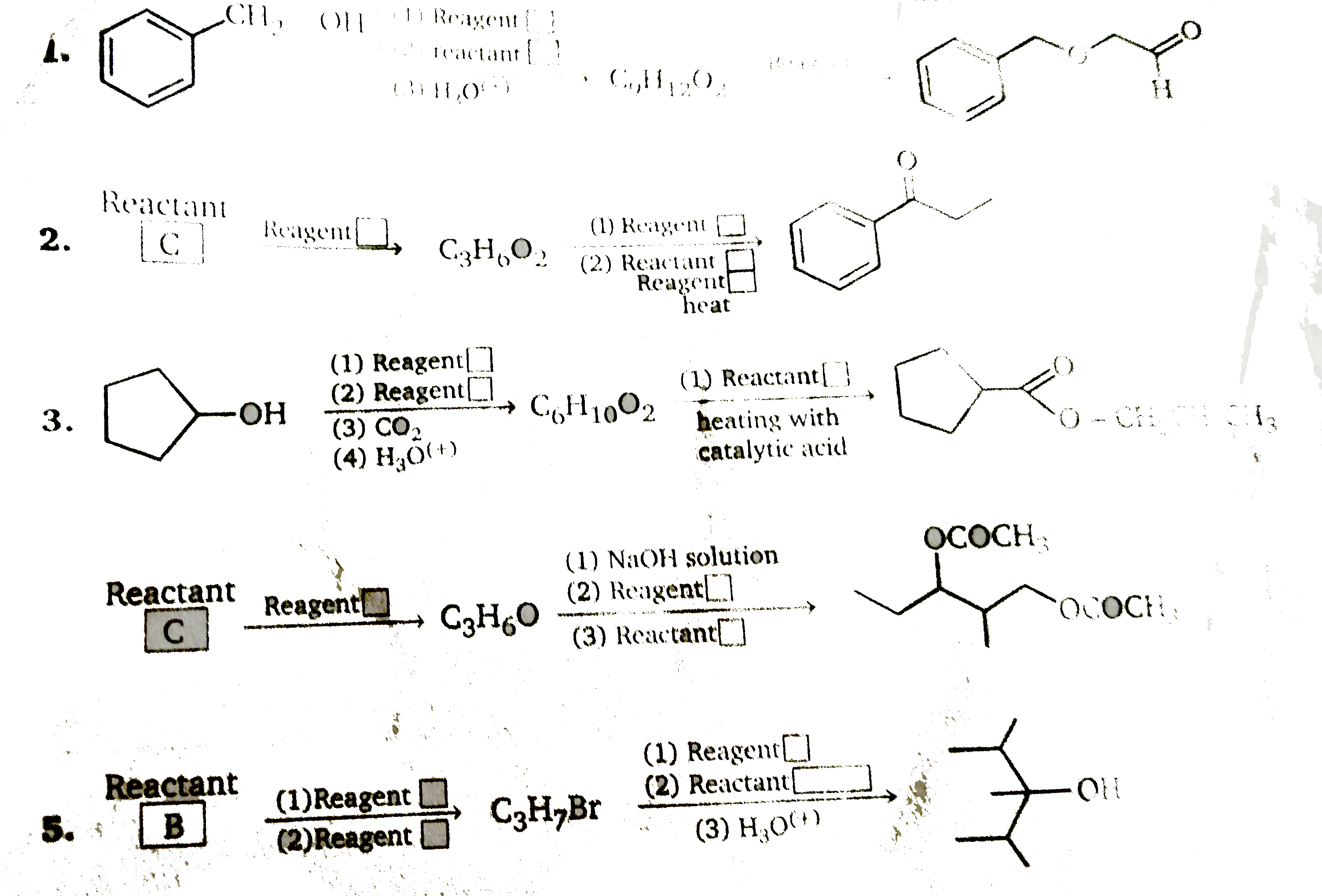 View Solution
View SolutionQuestion 183
Di-tert-glycols rearrange in the presence of acid to give α-trtiary ketones. The trivial name of the simplest glycol of this type is pinacol, and this type of reaction therefore is named pinacol rearrangement (in this specific case, the reaction is called a pinacol-pinacolone rearrangement). The rearrangement involves 4 steps. one of the hydroxyl group is protonated in the first step. A molecule of water is eliminated in the second step and a tertiary carbocation is formed. the carbocation rearranges in the third step into a more stable carboxonium ion via a [1, 2] rearrangement. In the last step, the carboxonium ion is deprotonated and the product ketone is obtained.

What is R.D.S. of pinacol-pinacolone rearrangement ?View SolutionQuestion 184
Di-tert-glycols rearrange in the presence of acid to give α-trtiary ketones. The trivial name of the simplest glycol of this type is pinacol, and this type of reaction therefore is named pinacol rearrangement (in this specific case, the reaction is called a pinacol-pinacolone rearrangement). The rearrangement involves 4 steps. one of the hydroxyl group is protonated in the first step. A molecule of water is eliminated in the second step and a tertiary carbocation is formed. the carbocation rearranges in the third step into a more stable carboxonium ion via a [1, 2] rearrangement. In the last step, the carboxonium ion is deprotonated and the product ketone is obtained.


How many products obtained in above reaction ?View SolutionQuestion 185
Di-tert-glycols rearrange in the presence of acid to give α-trtiary ketones. The trivial name of the simplest glycol of this type is pinacol, and this type of reaction therefore is named pinacol rearrangement (in this specific case, the reaction is called a pinacol-pinacolone rearrangement). The rearrangement involves 4 steps. one of the hydroxyl group is protonated in the first step. A molecule of water is eliminated in the second step and a tertiary carbocation is formed. the carbocation rearranges in the third step into a more stable carboxonium ion via a [1, 2] rearrangement. In the last step, the carboxonium ion is deprotonated and the product ketone is obtained.


Product 'P' is :View SolutionQuestion 186
Di-tert-glycols rearrange in the presence of acid to give α-trtiary ketones. The trivial name of the simplest glycol of this type is pinacol, and this type of reaction therefore is named pinacol rearrangement (in this specific case, the reaction is called a pinacol-pinacolone rearrangement). The rearrangement involves 4 steps. one of the hydroxyl group is protonated in the first step. A molecule of water is eliminated in the second step and a tertiary carbocation is formed. the carbocation rearranges in the third step into a more stable carboxonium ion via a [1, 2] rearrangement. In the last step, the carboxonium ion is deprotonated and the product ketone is obtained.

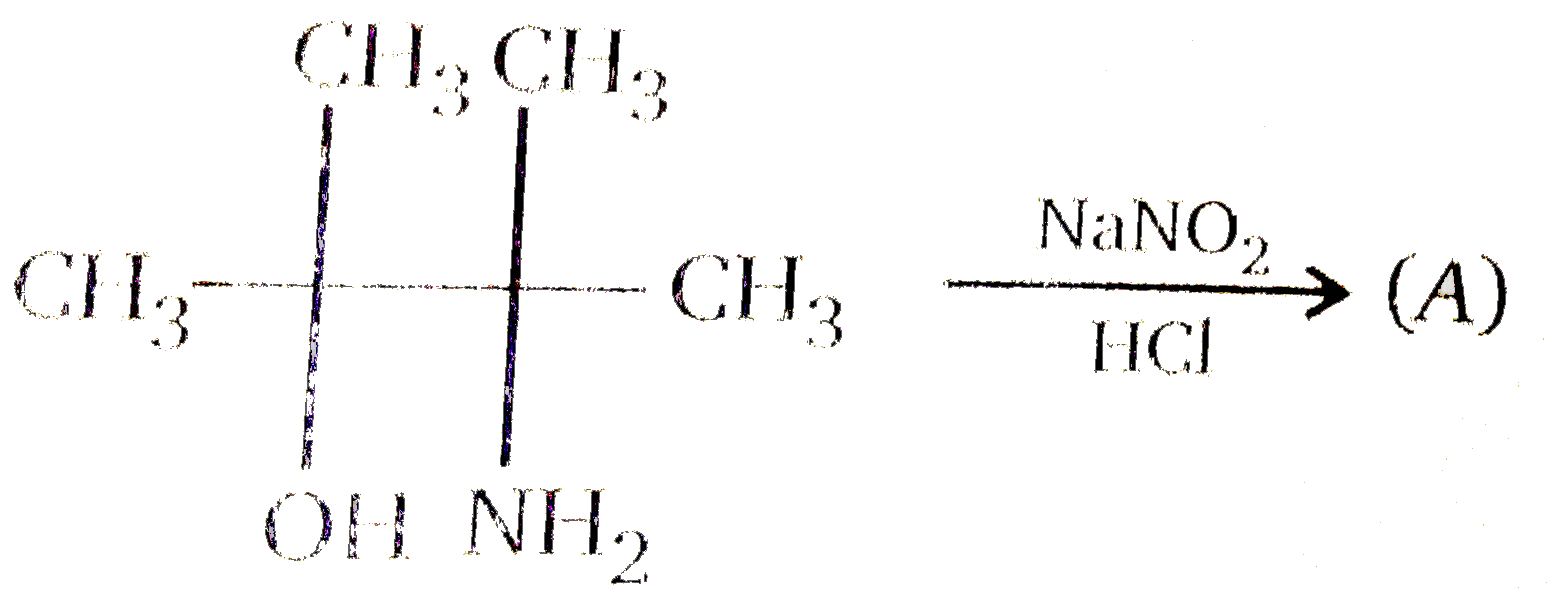
Product (A) is :View Solution

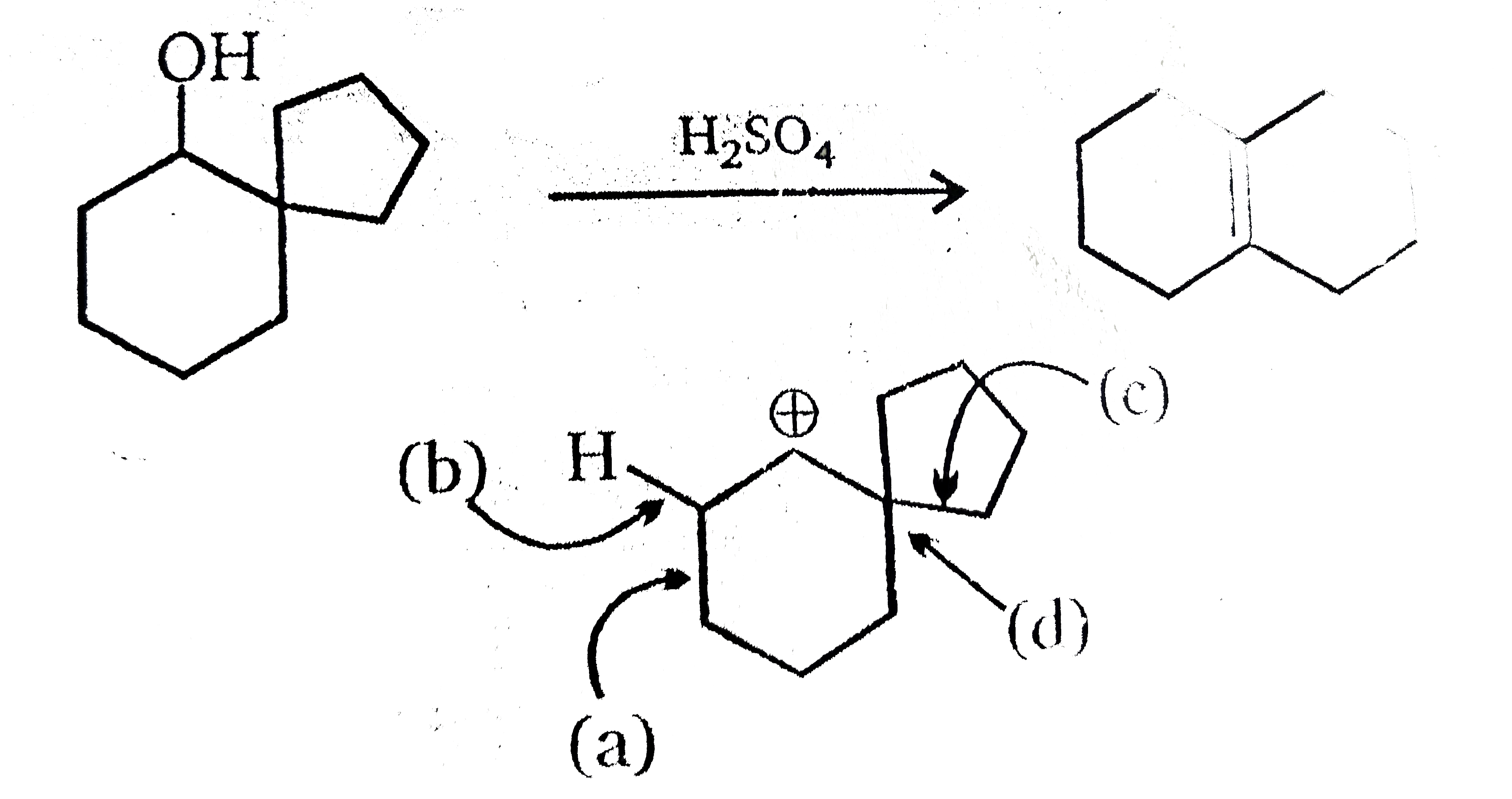
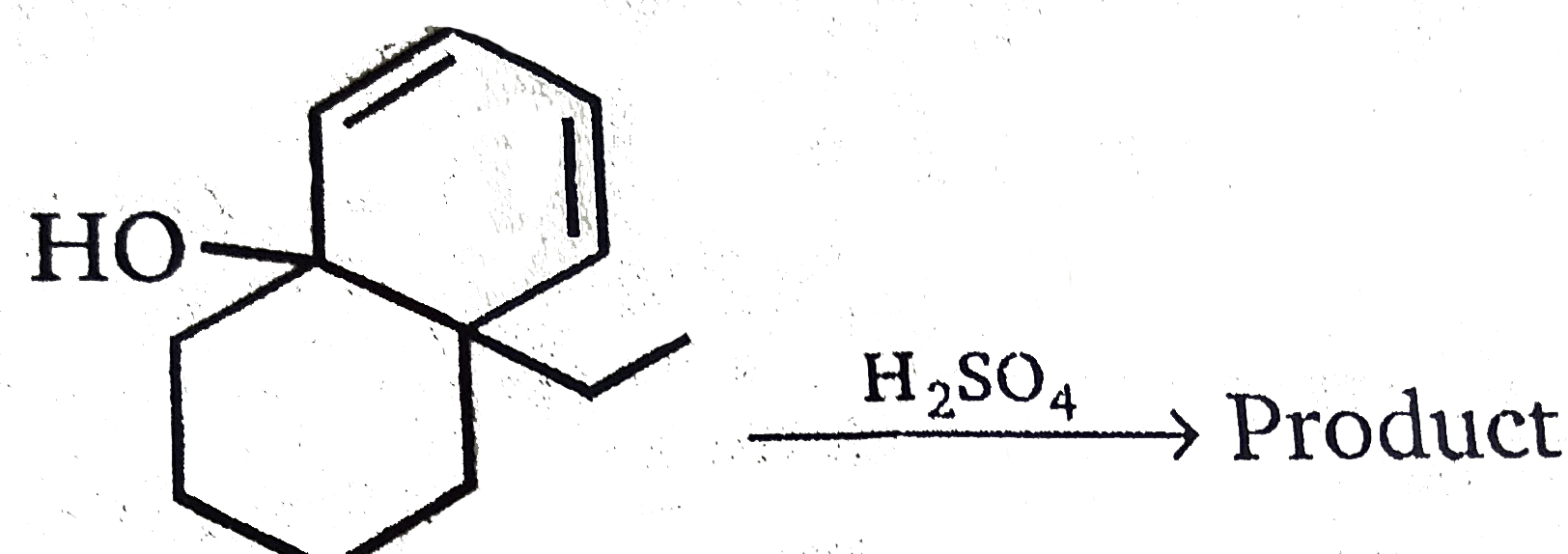
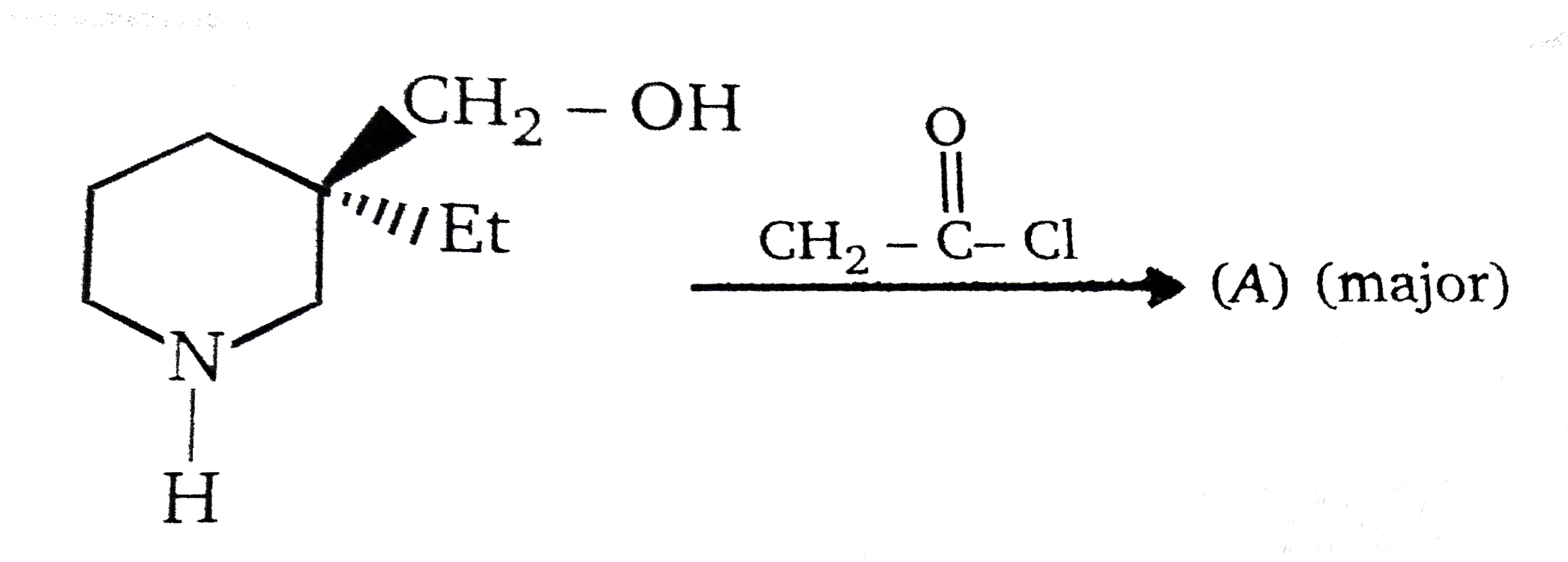
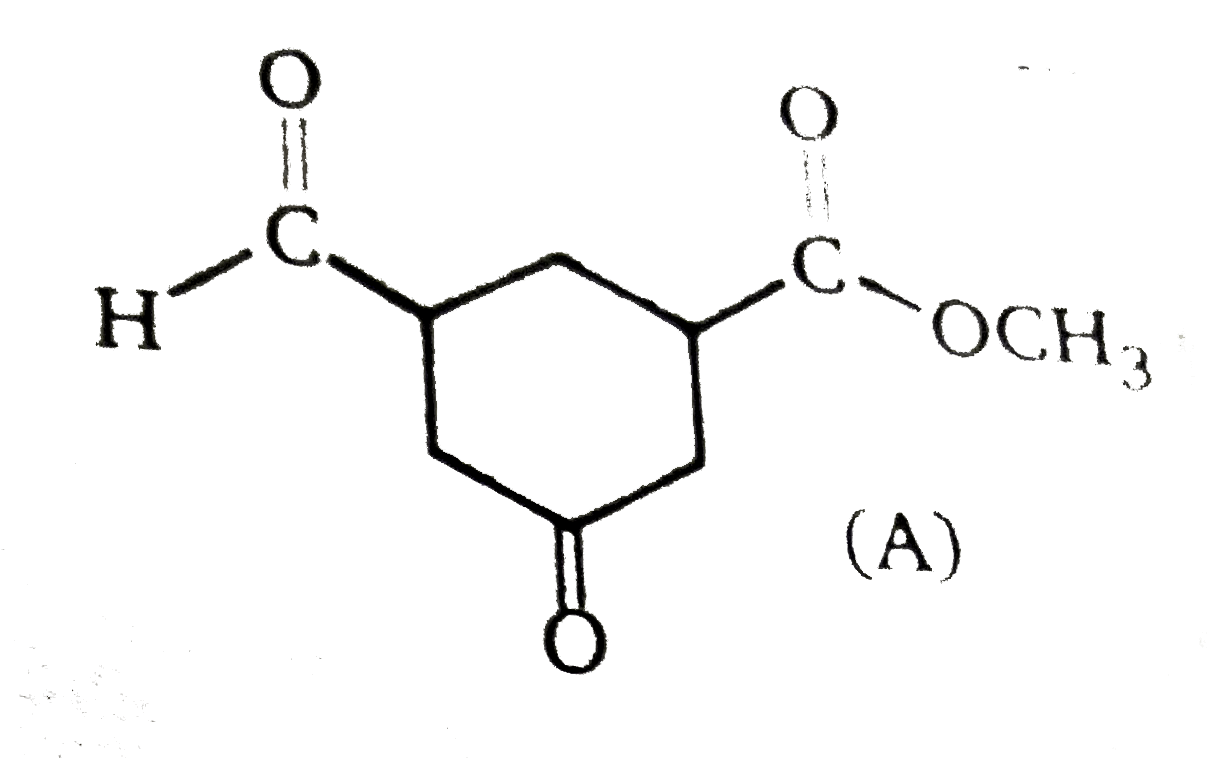

 Product (P) is :
Product (P) is :
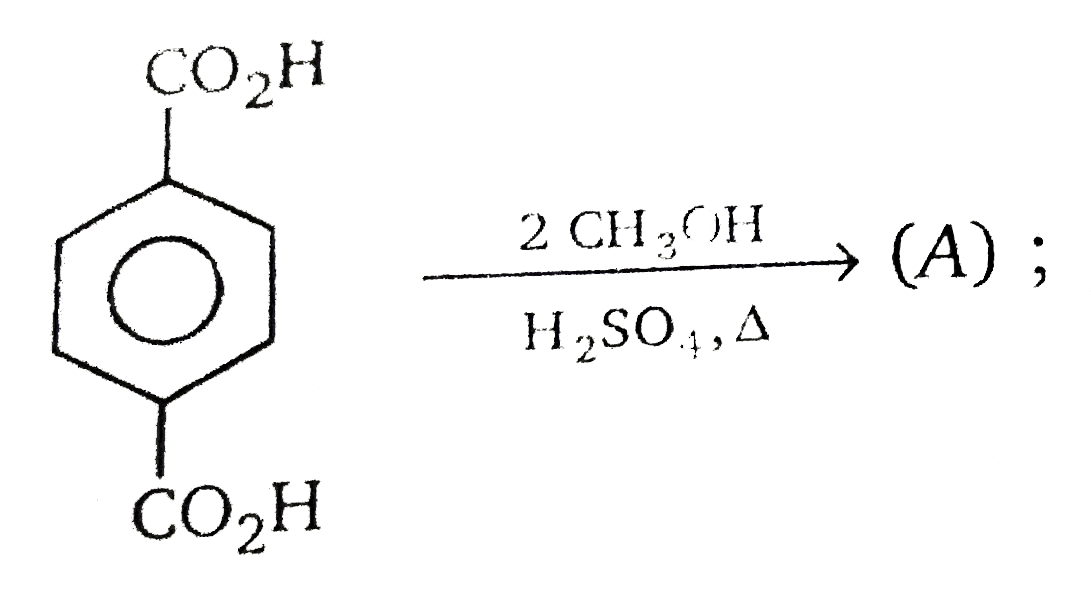 Product (A) is
Product (A) is Unknown (P) of the reaction is :
Unknown (P) of the reaction is : Product (A) is :
Product (A) is : 

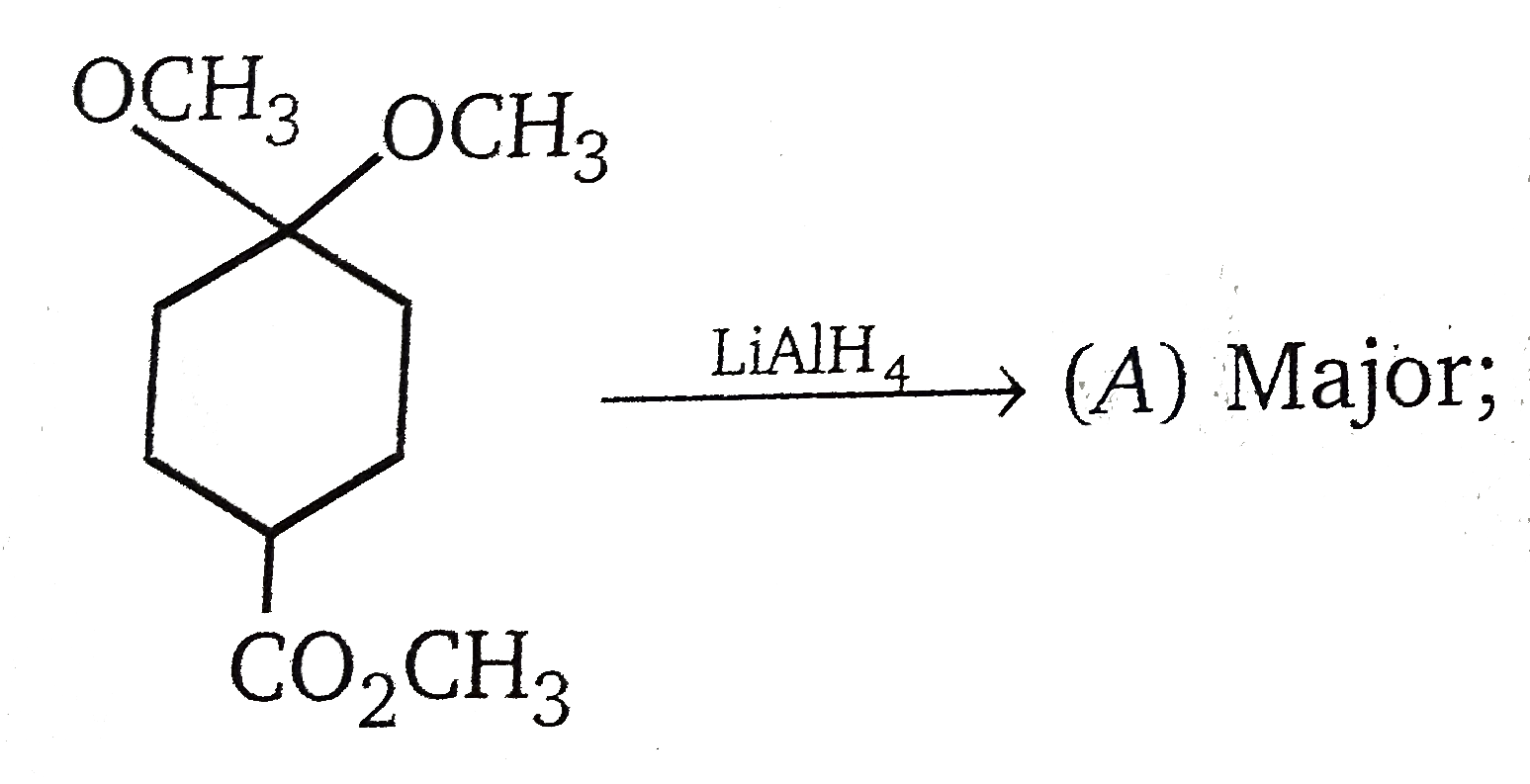 Product (A) is :
Product (A) is :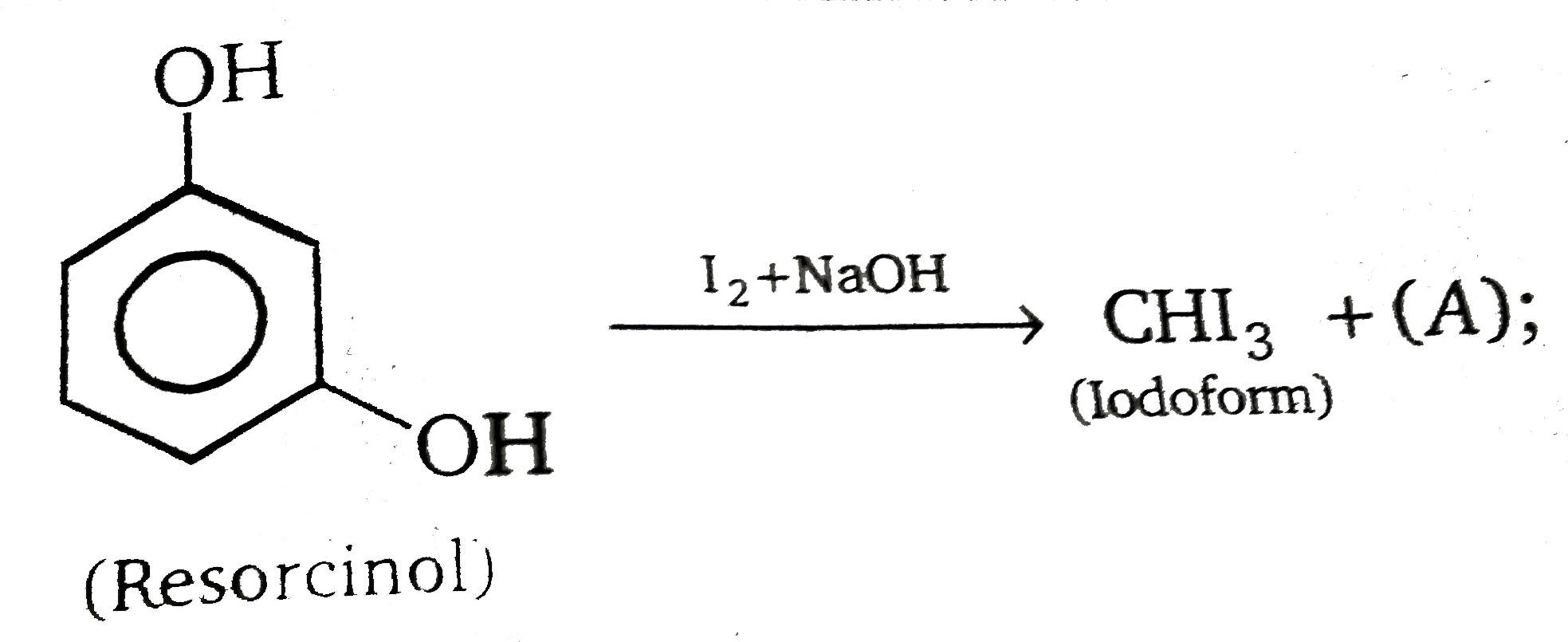 Compound (A) is :
Compound (A) is : Product (A) is :
Product (A) is : Compound (B) is :
Compound (B) is : Major product obtained in the reaction is :
Major product obtained in the reaction is :


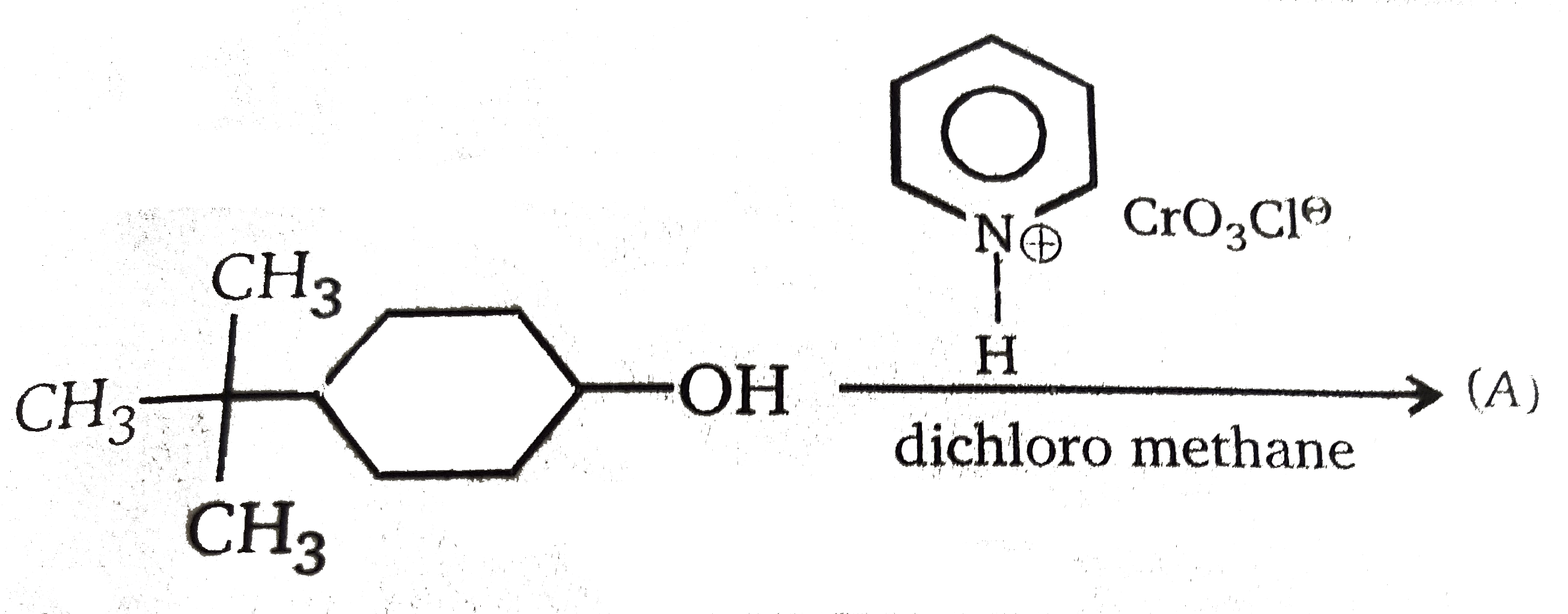
 Product of the reaction is :
Product of the reaction is : Chemist added extra 0.5 mole of
Chemist added extra 0.5 mole of  Major product of above esterification reaction is :
Major product of above esterification reaction is :
 Product (A) of reaction is :
Product (A) of reaction is :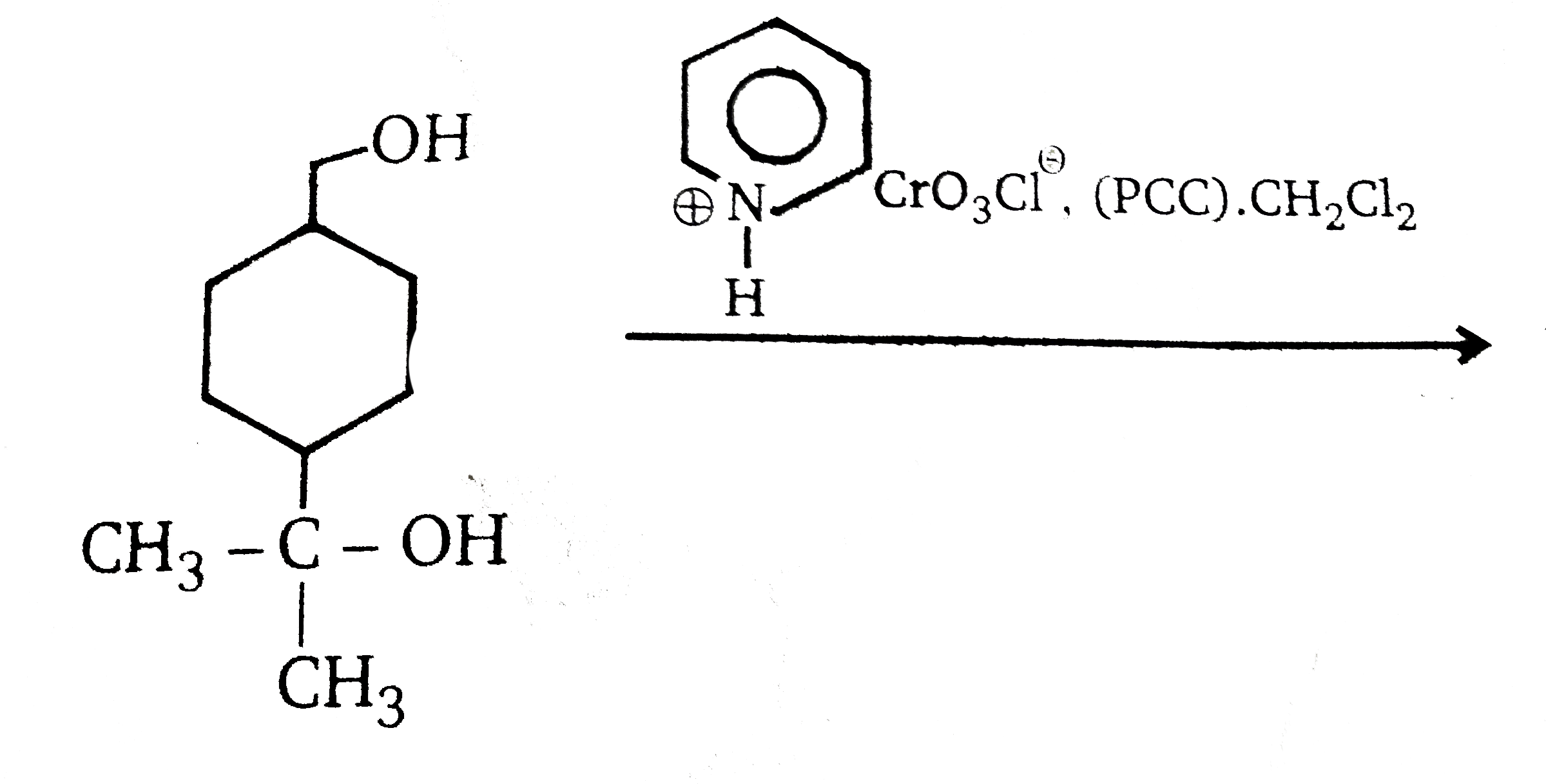 Product of the reaction is :
Product of the reaction is :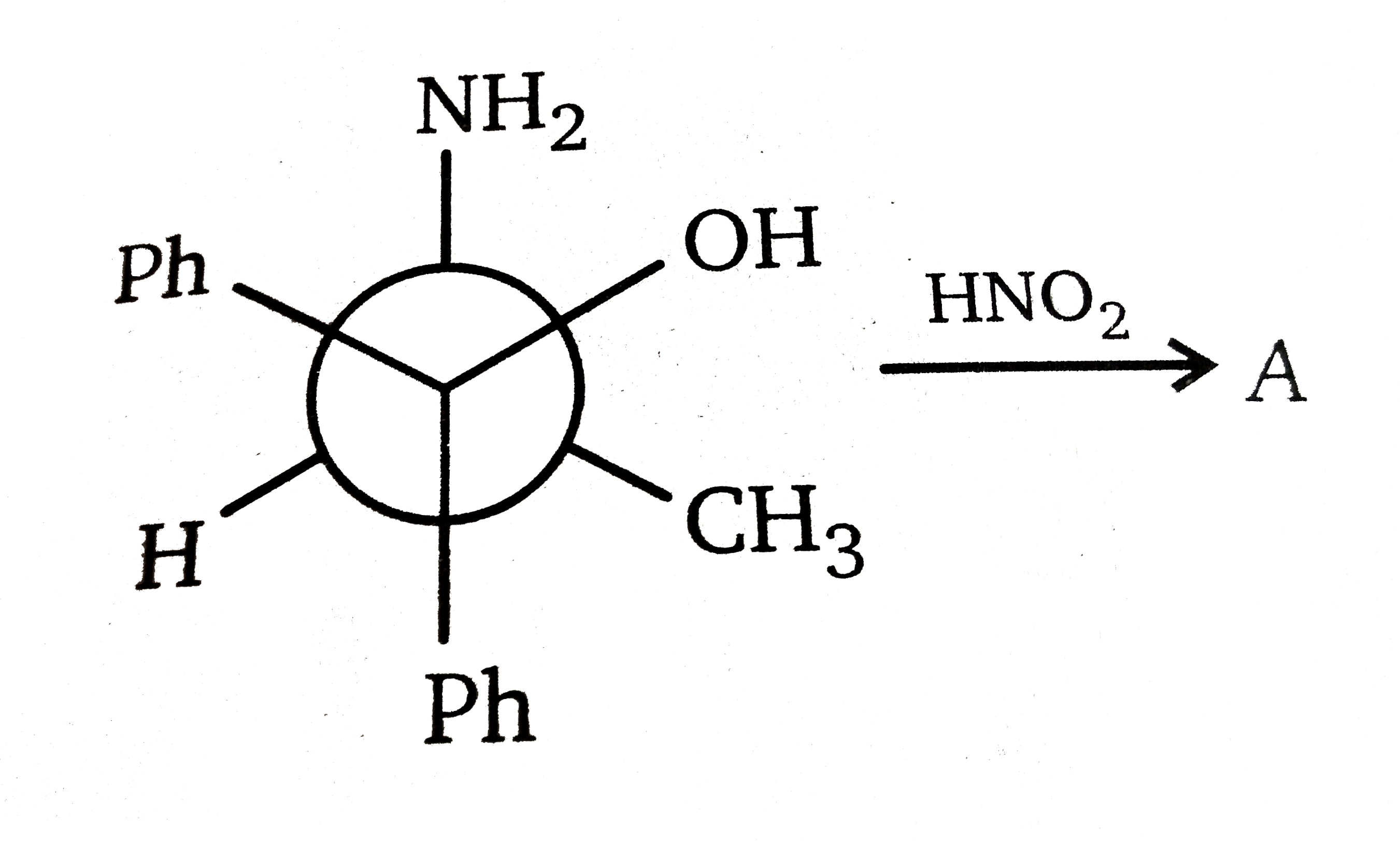

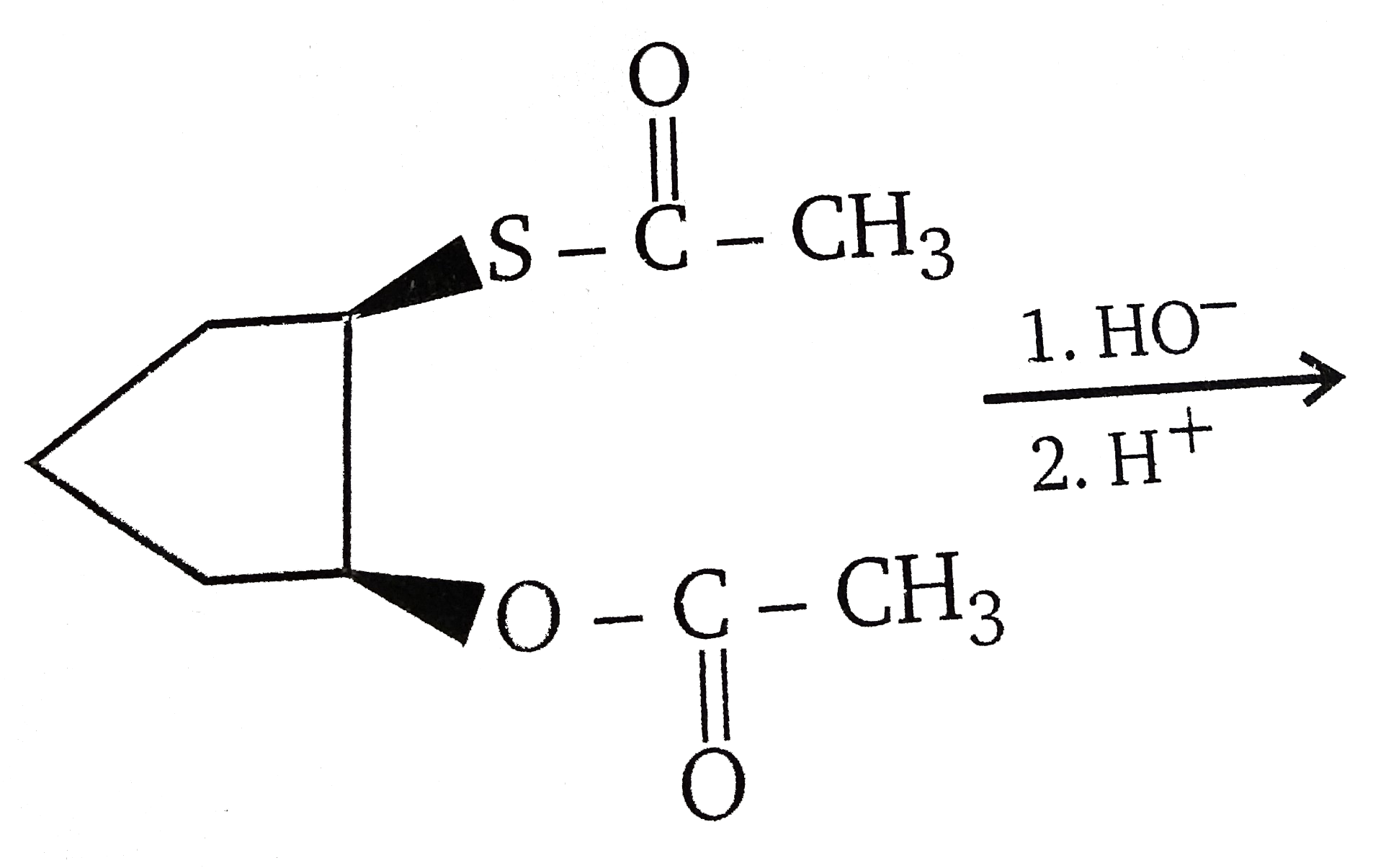 Major product of the reaction is :
Major product of the reaction is :
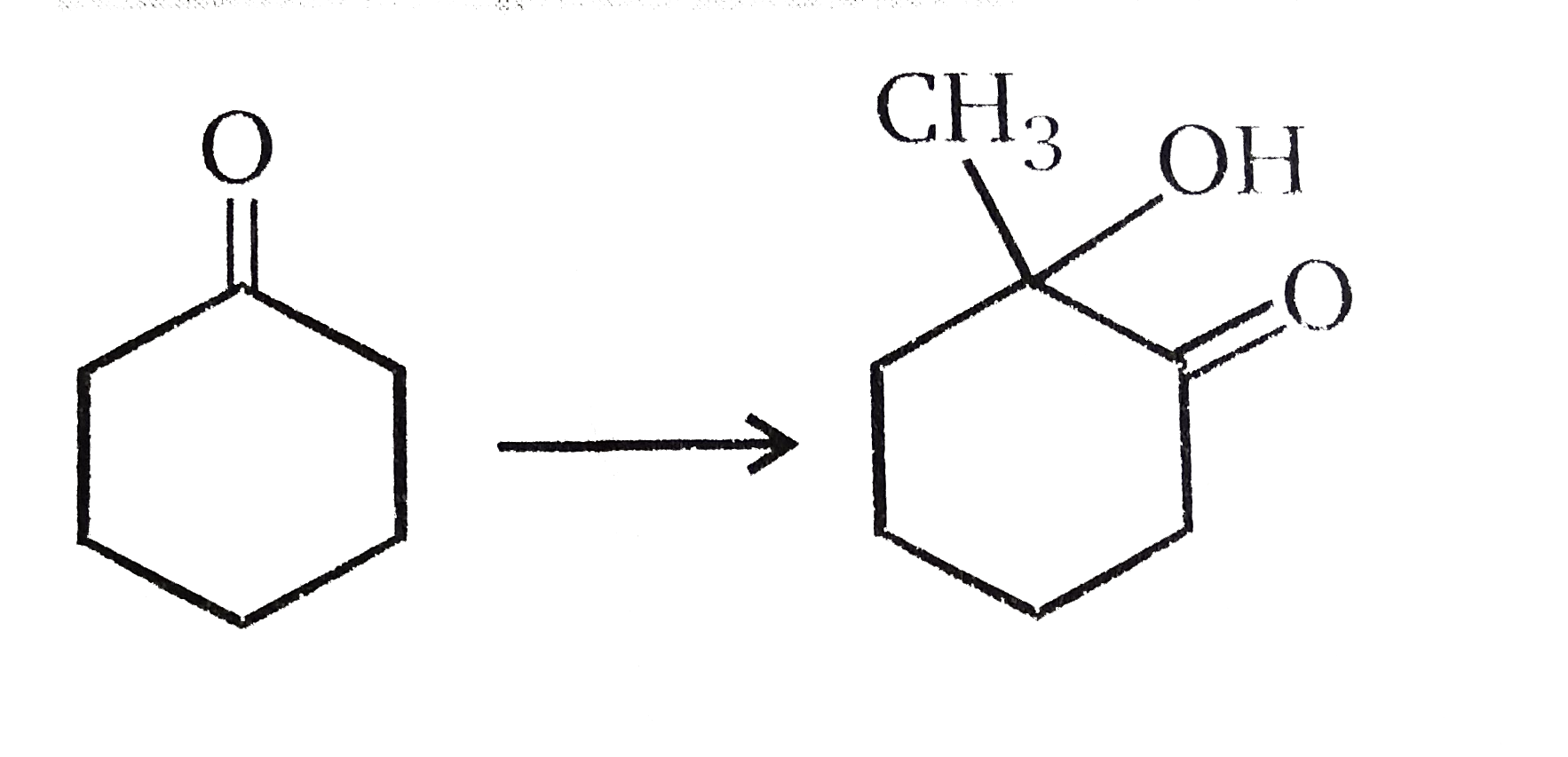

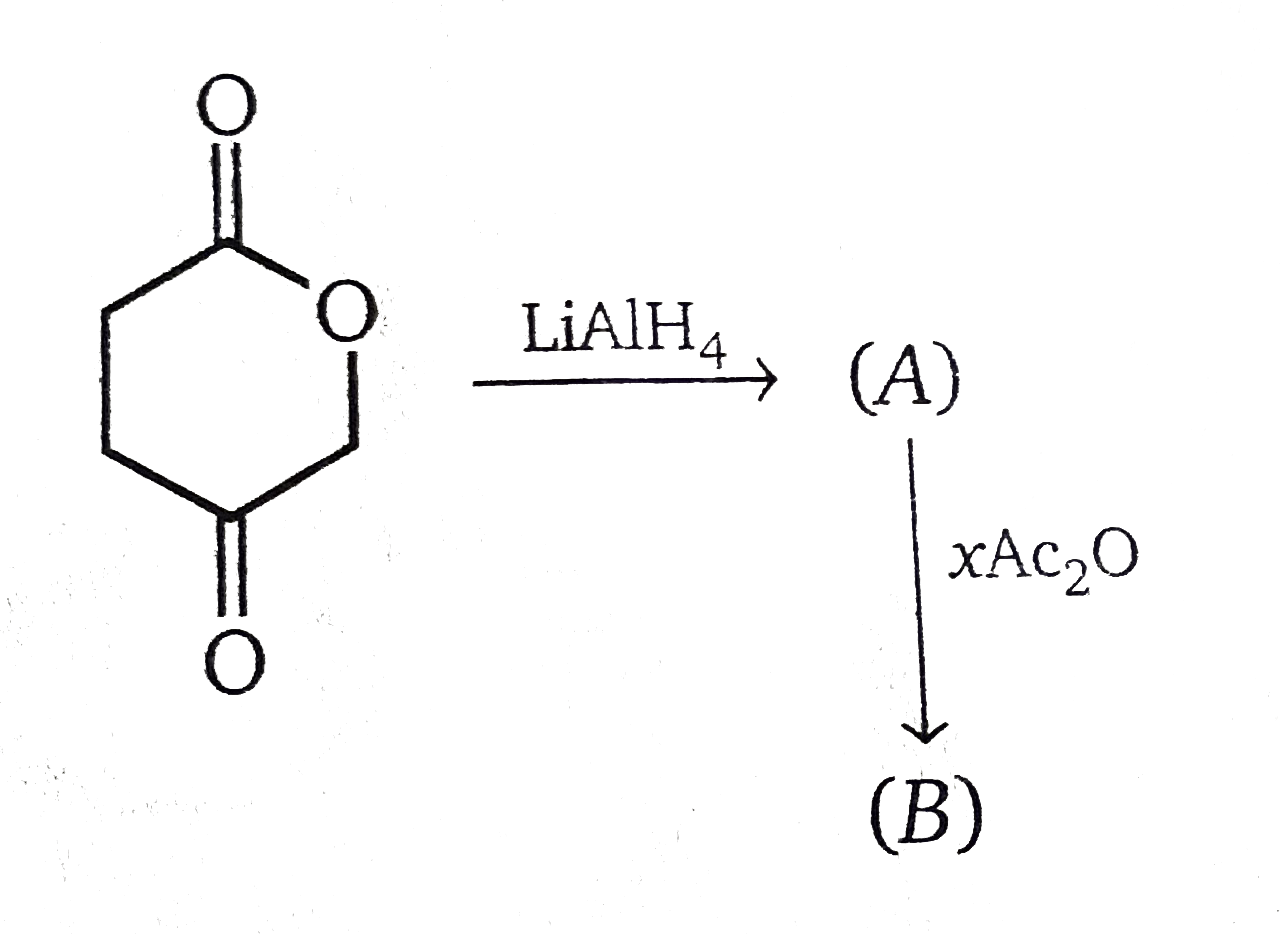
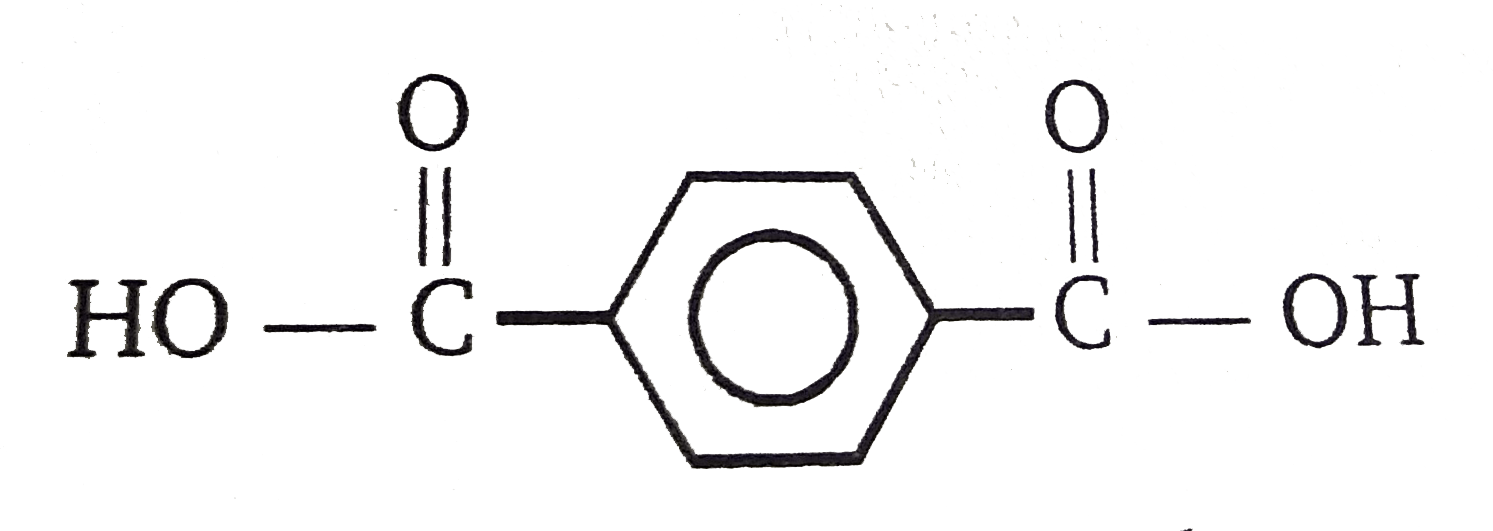




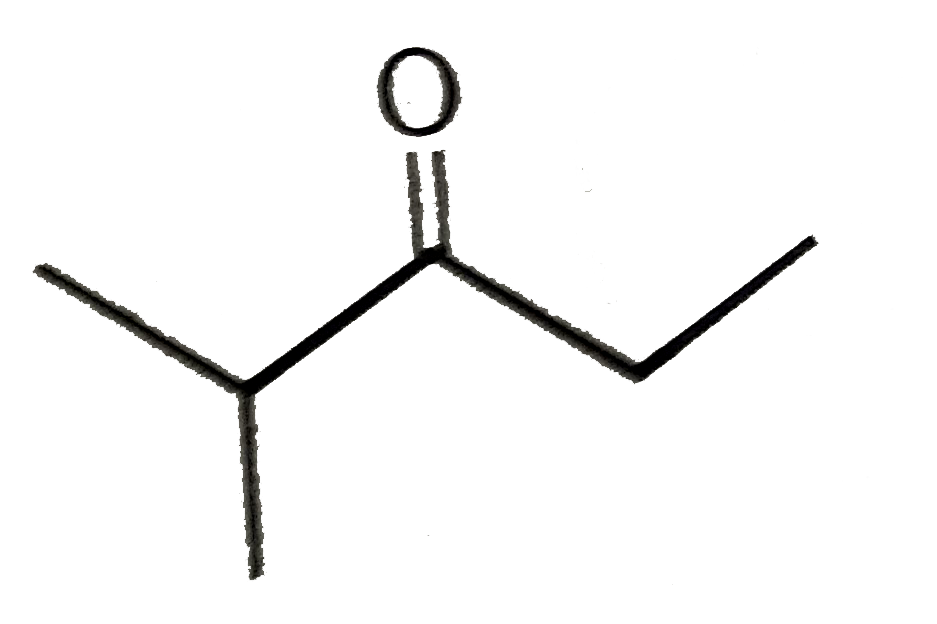

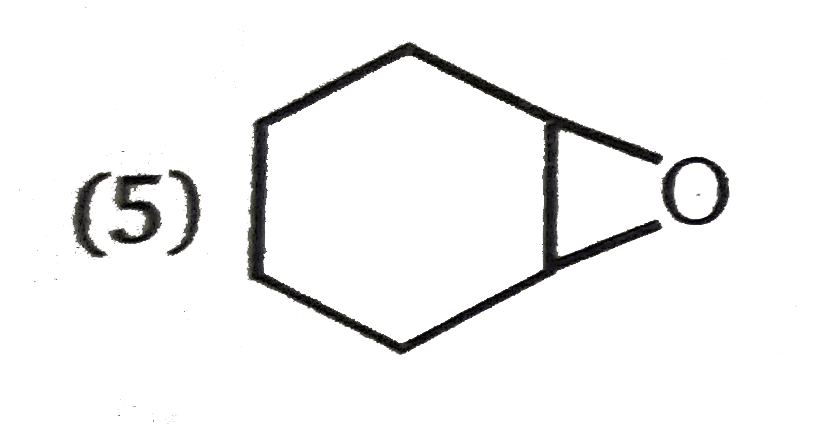
 Final product (B) will be :
Final product (B) will be : 
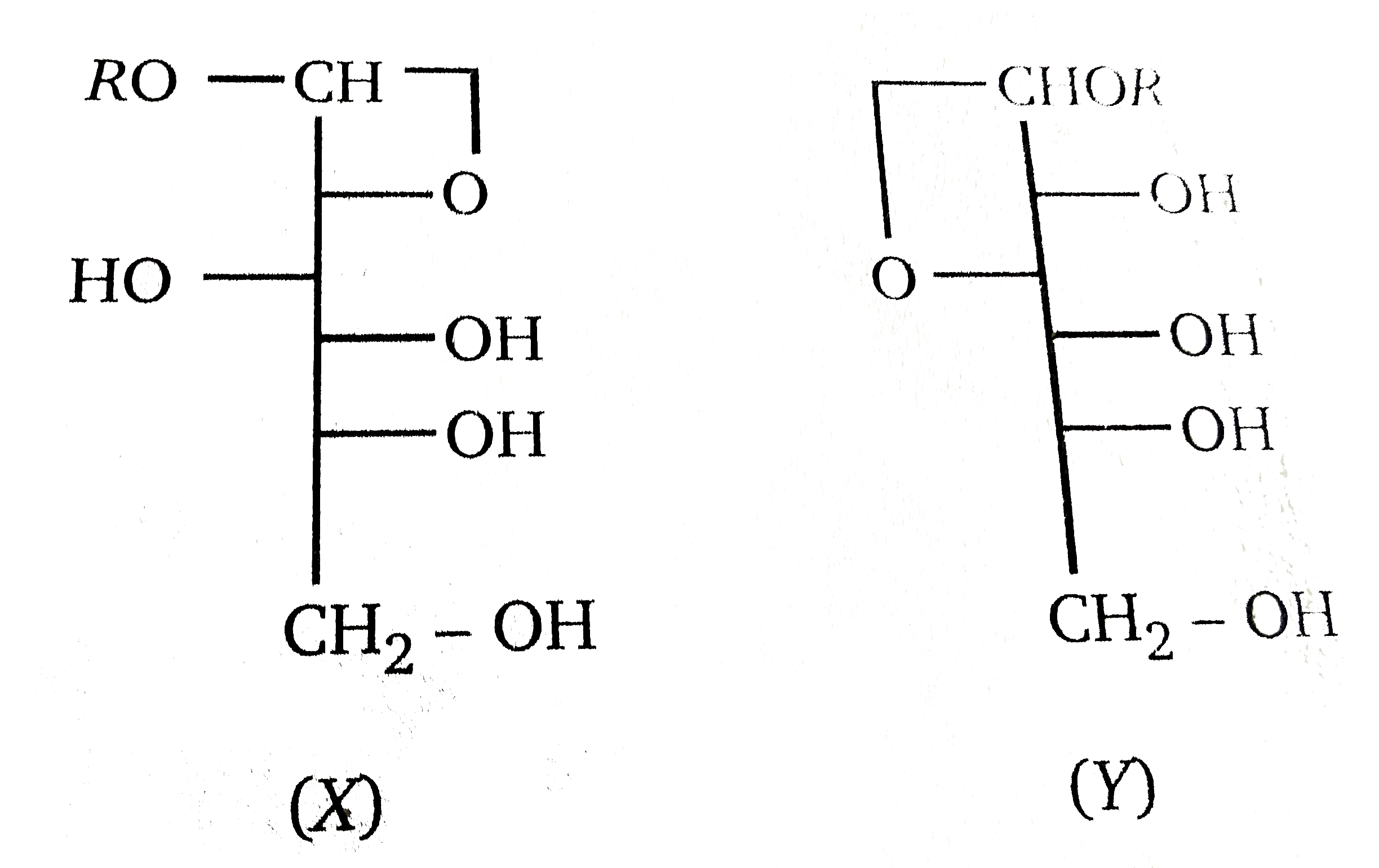




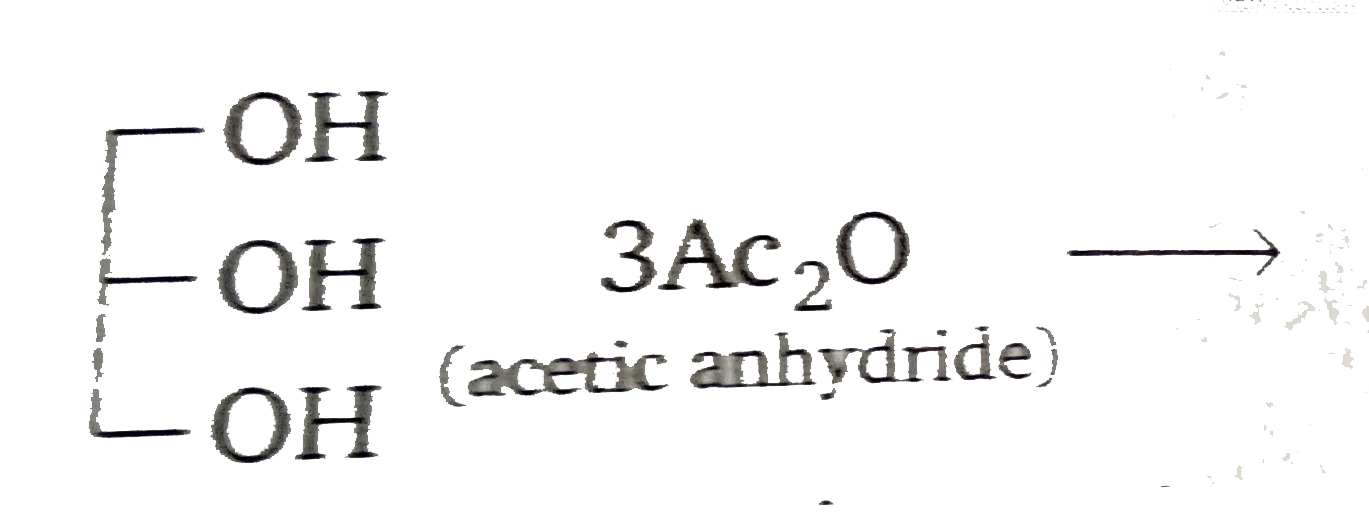




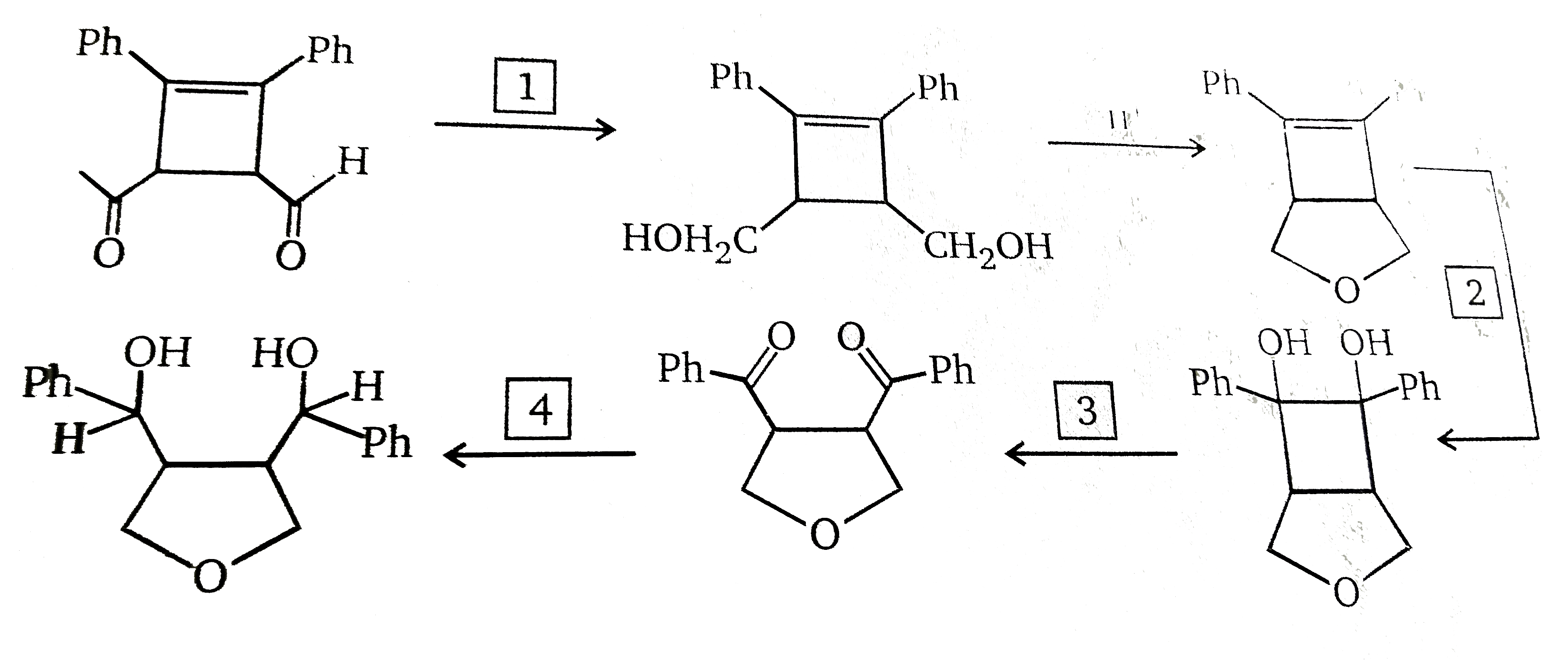
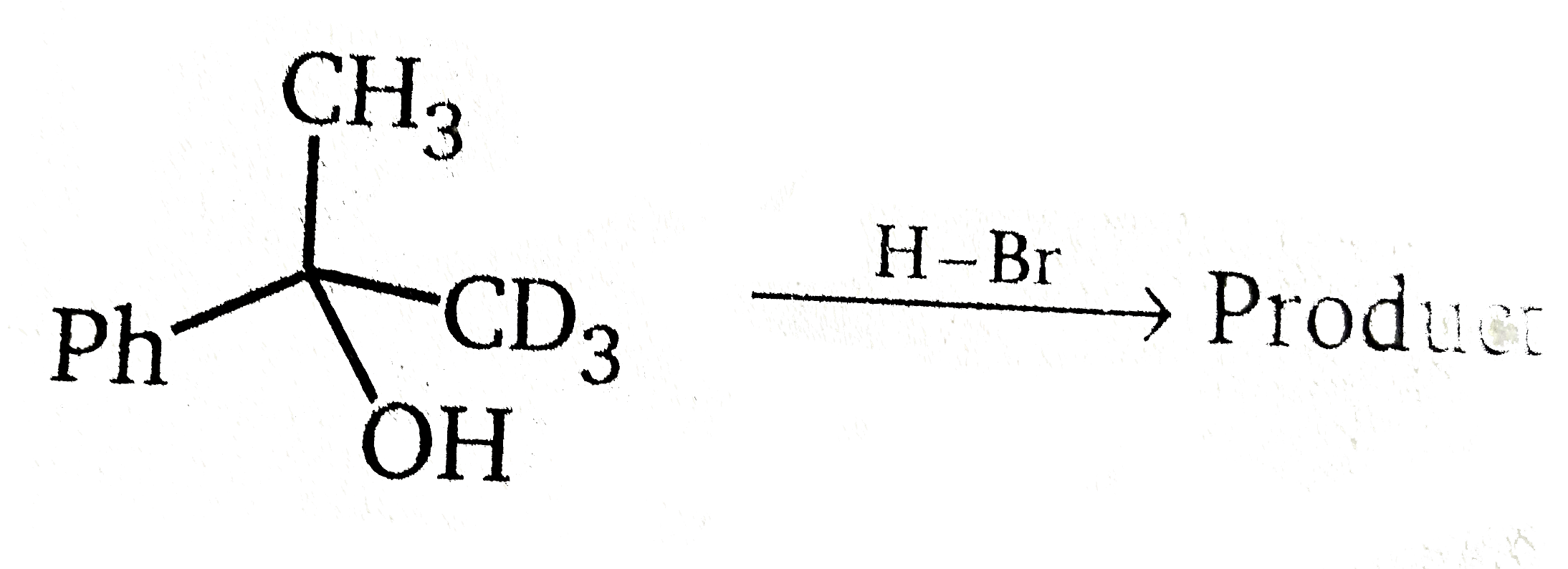

 Product (A) is :
Product (A) is :
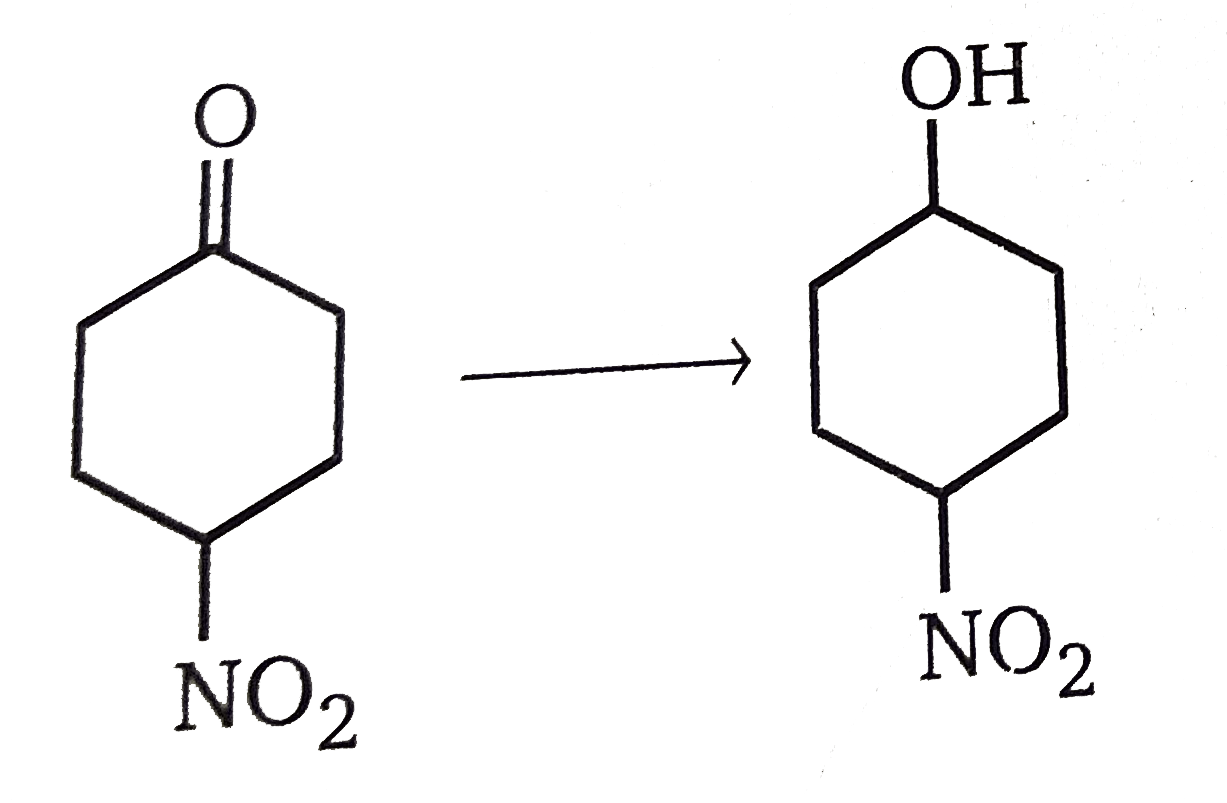
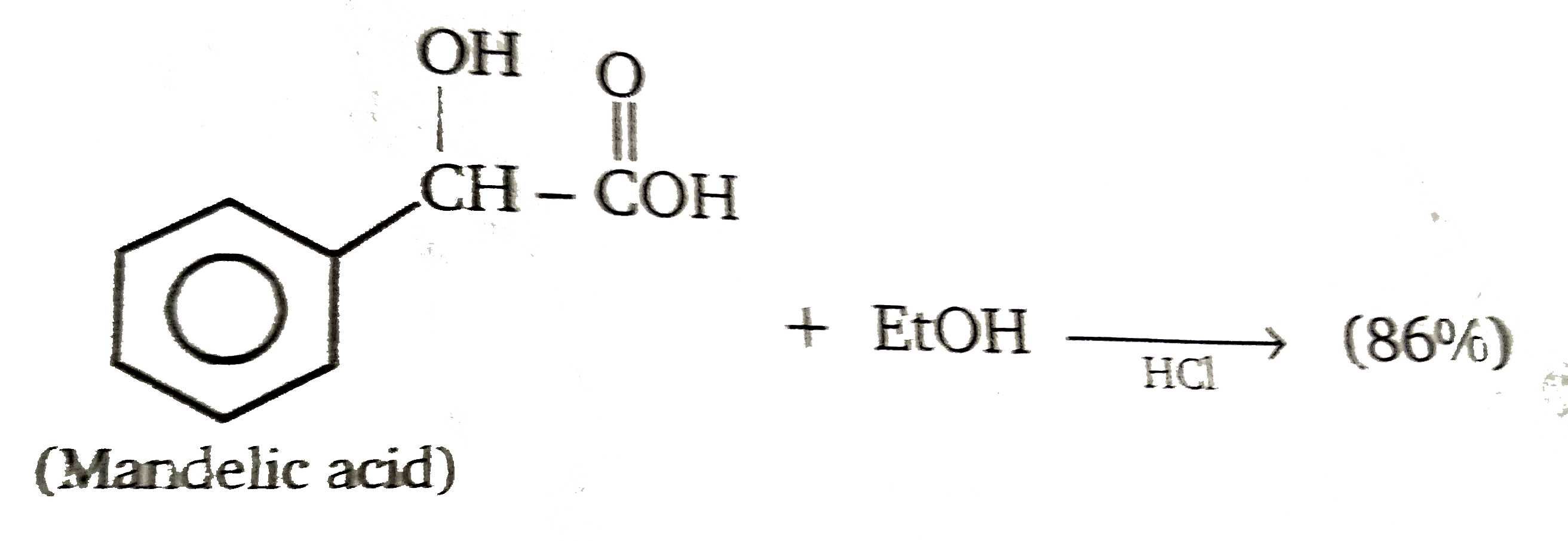



 Above transformation can be carried out by :
Above transformation can be carried out by : Product (P) in the reaction is :
Product (P) in the reaction is : Product (A) of the reaction is :
Product (A) of the reaction is :
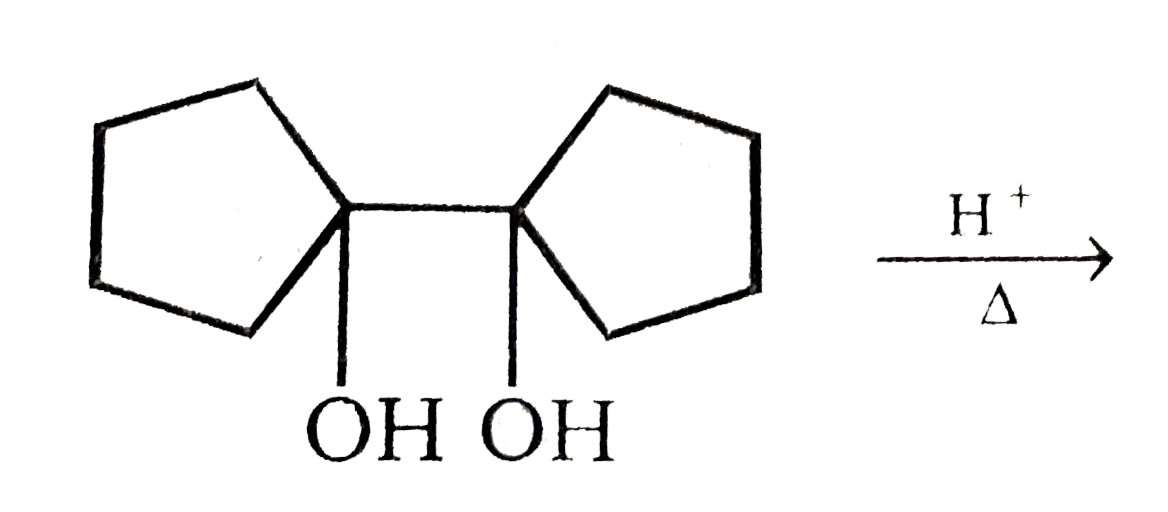
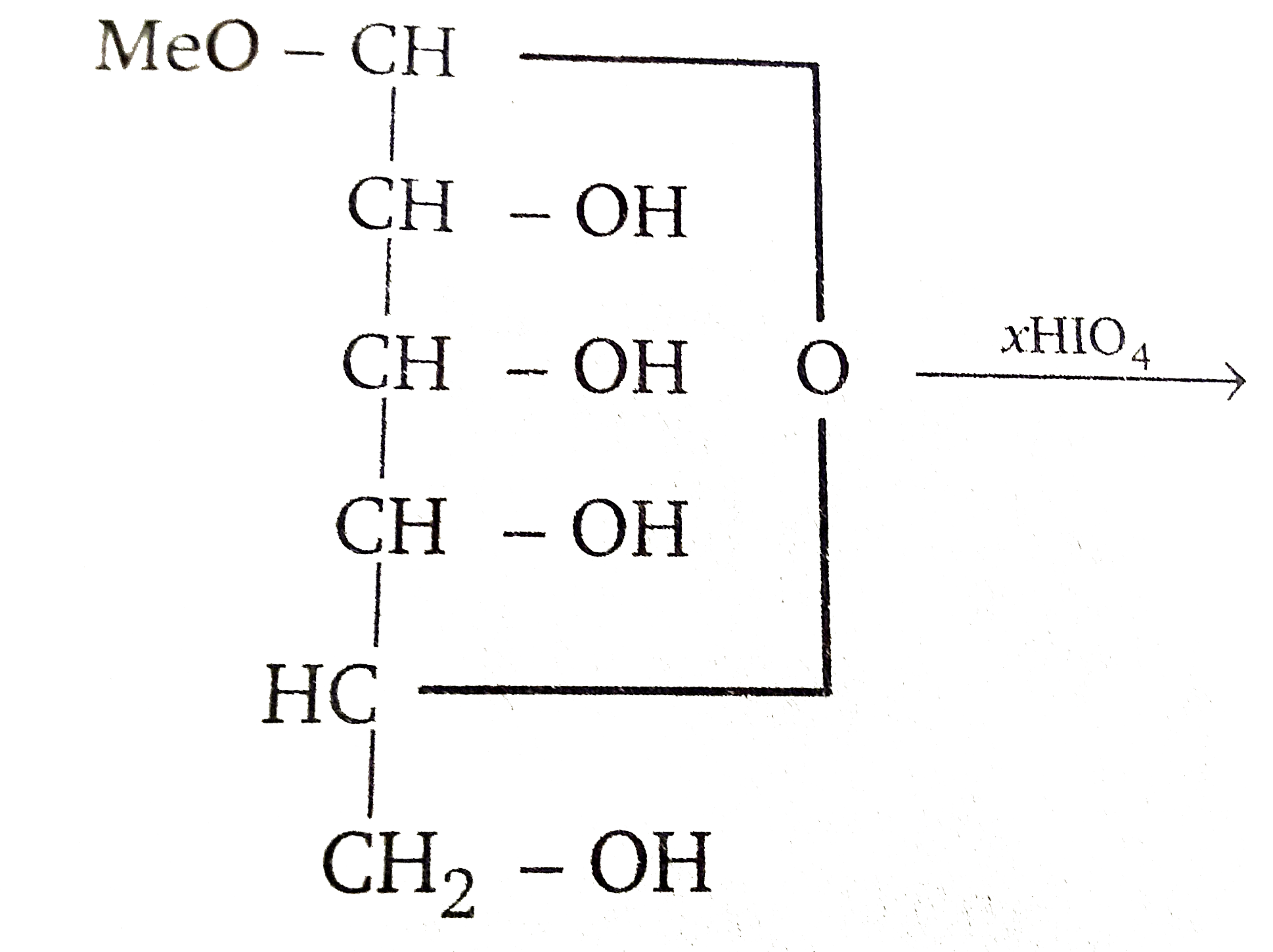 What is the maximum value of (x)?
What is the maximum value of (x)? Product C is :
Product C is :

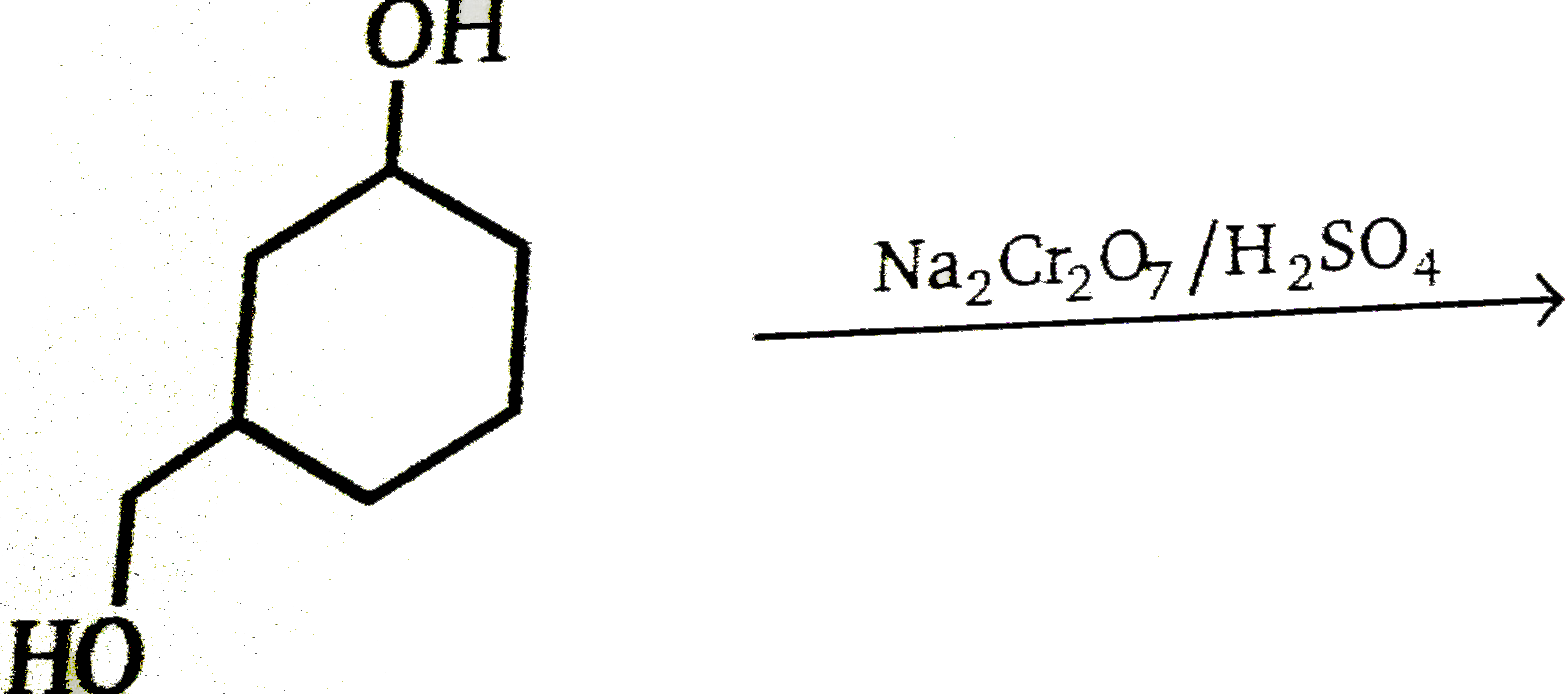 The product obtained is :
The product obtained is :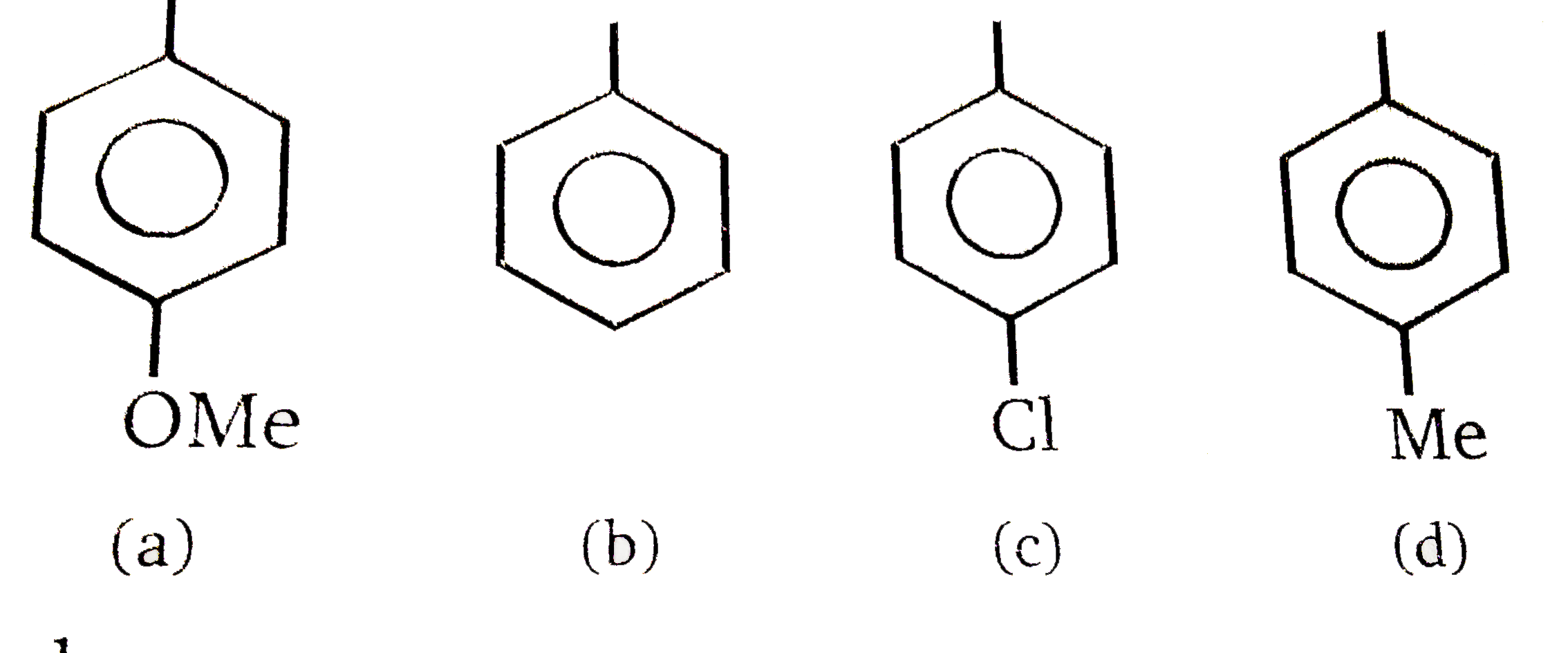


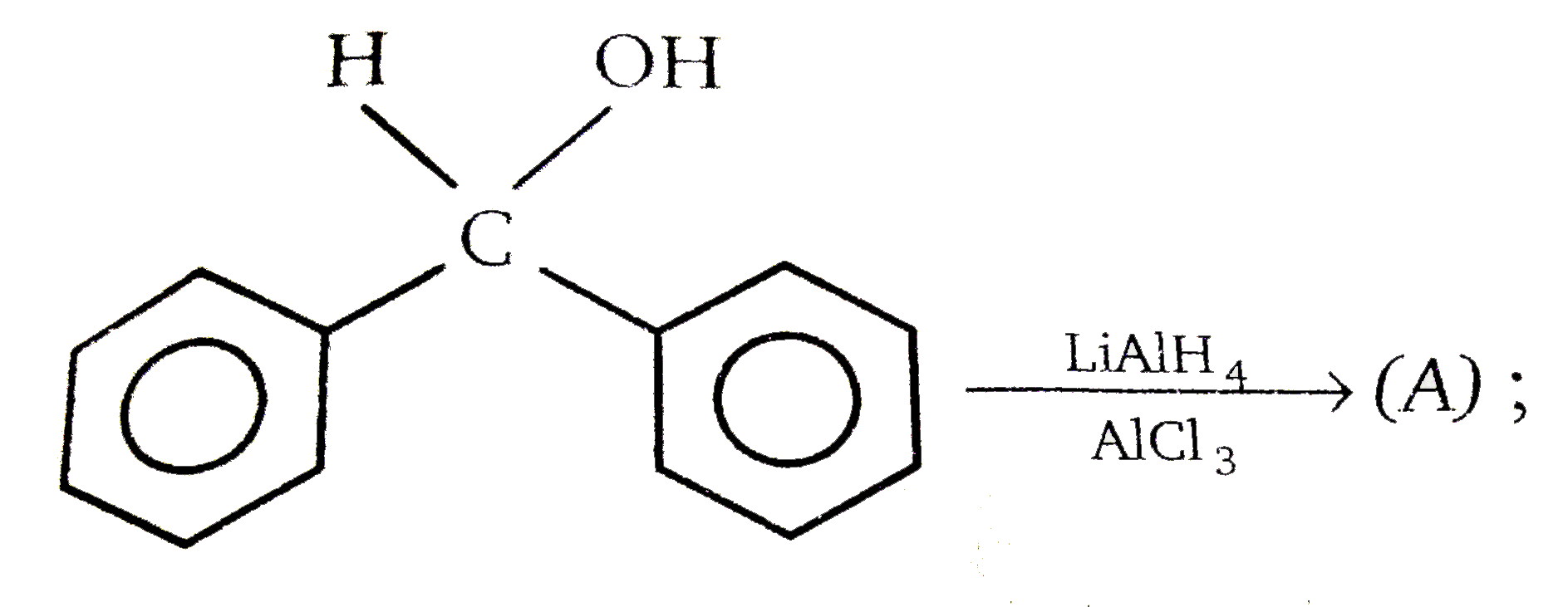 Identify the product :
Identify the product : ,Product (B) is :
,Product (B) is : this conversion can be achieved by
this conversion can be achieved by Product of the reaction is :
Product of the reaction is :
 Product of the reaction is :
Product of the reaction is :

 find out the reactivity order with
find out the reactivity order with 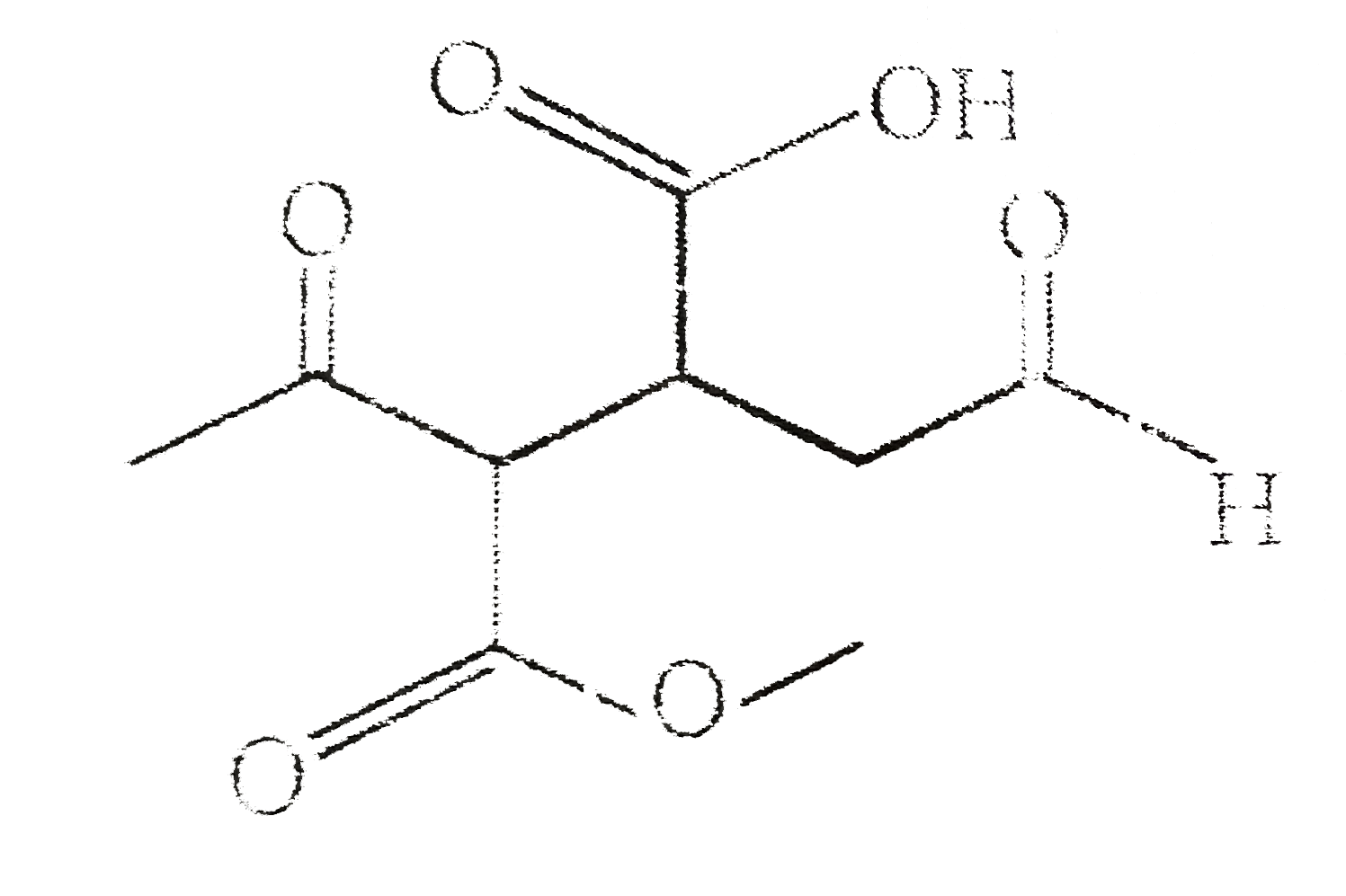
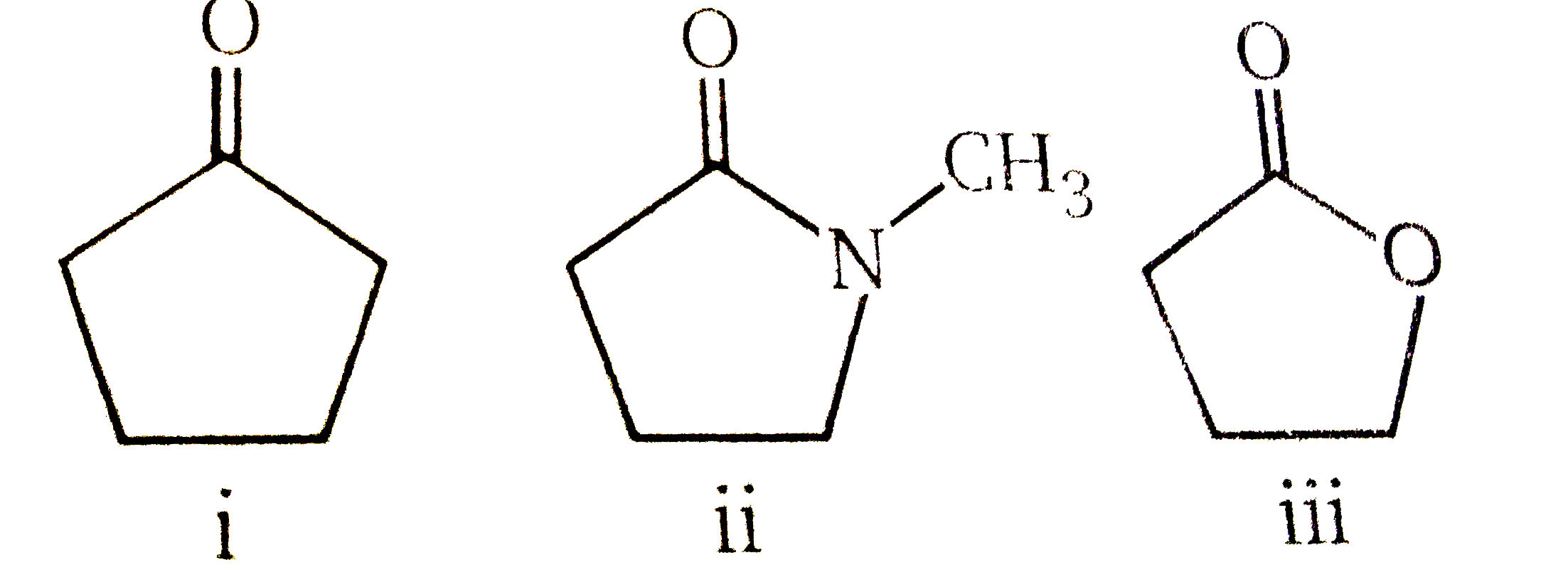

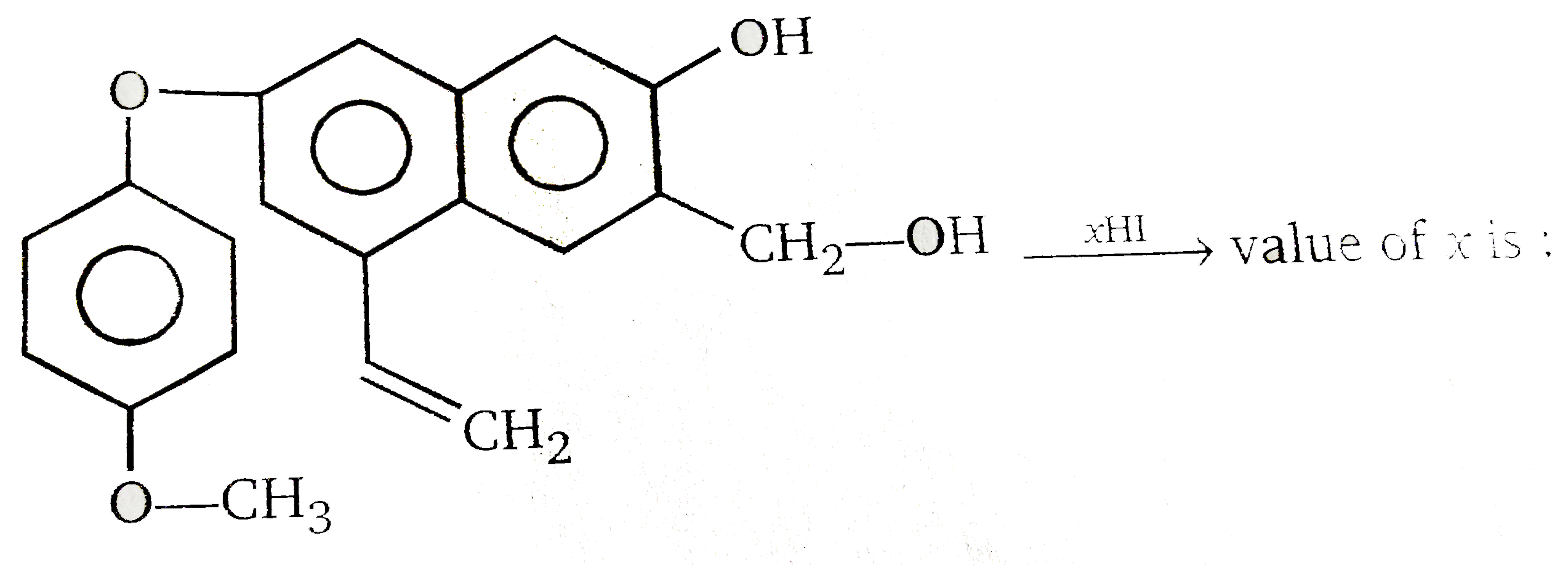 value of x is :
value of x is :
